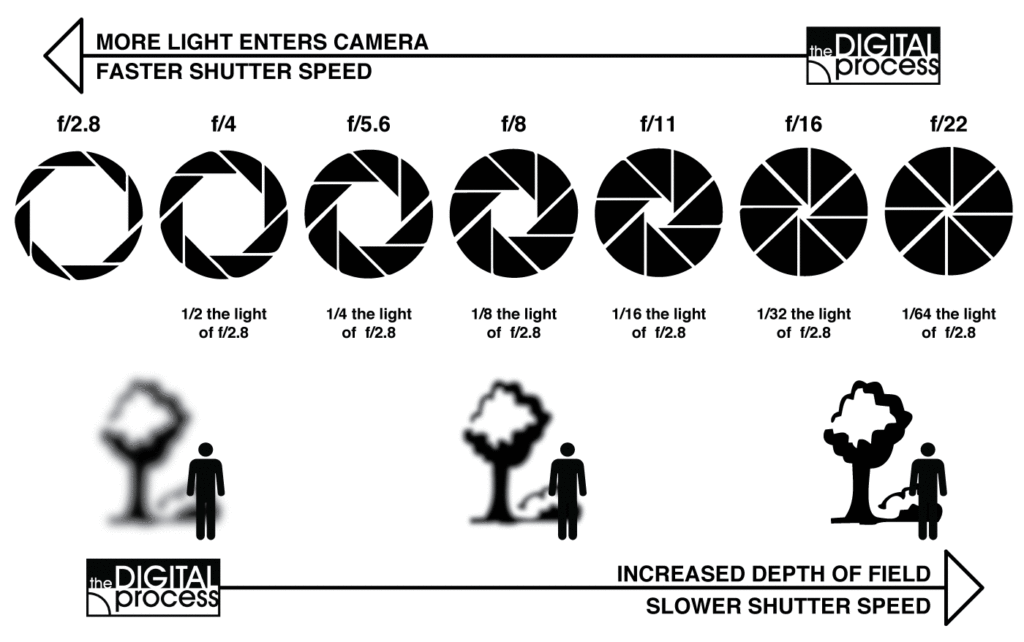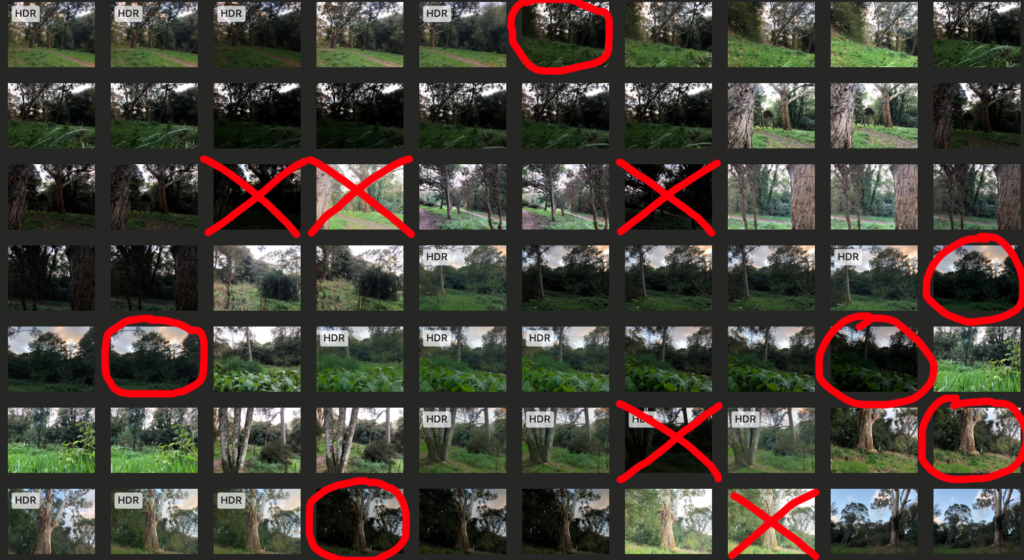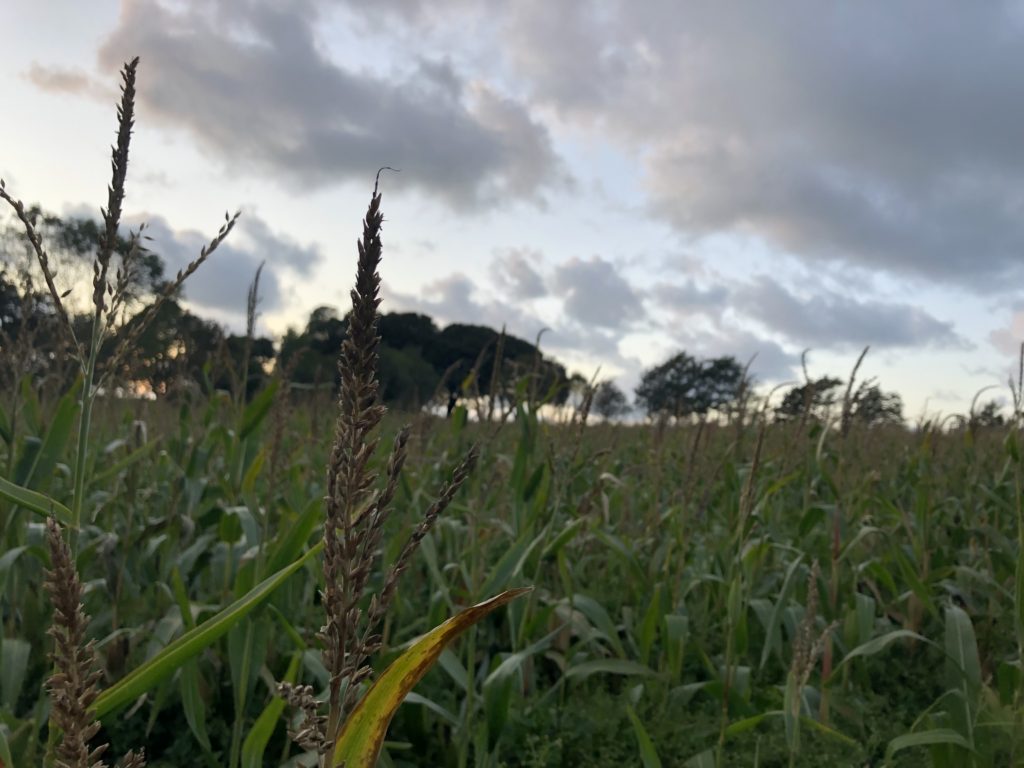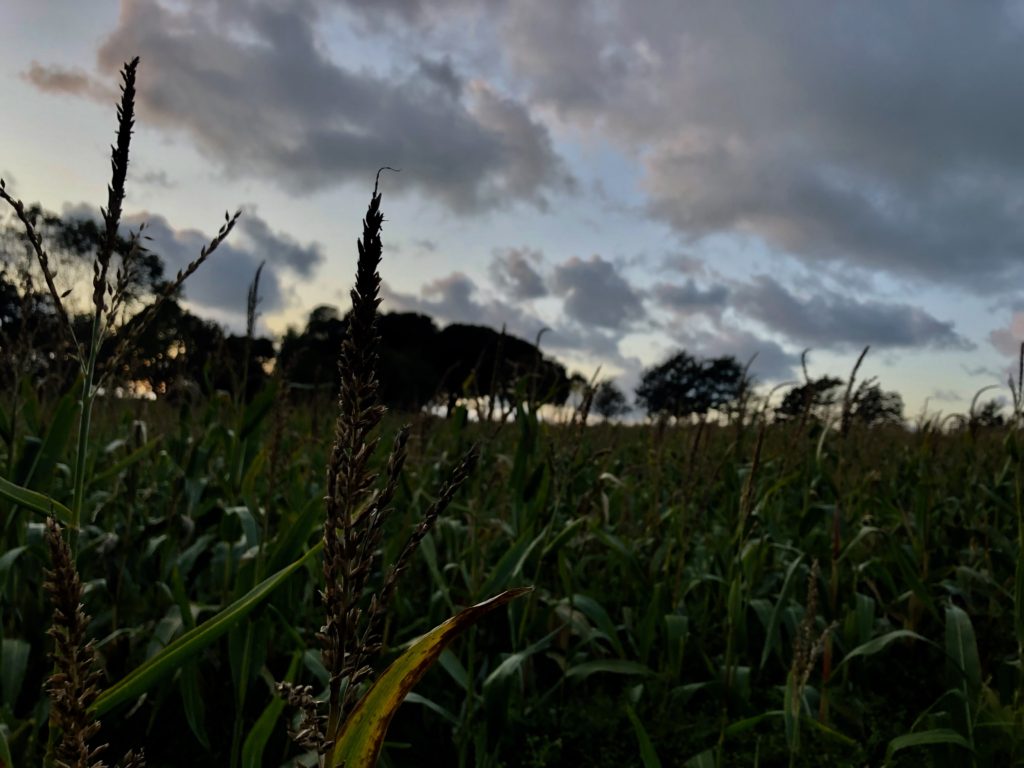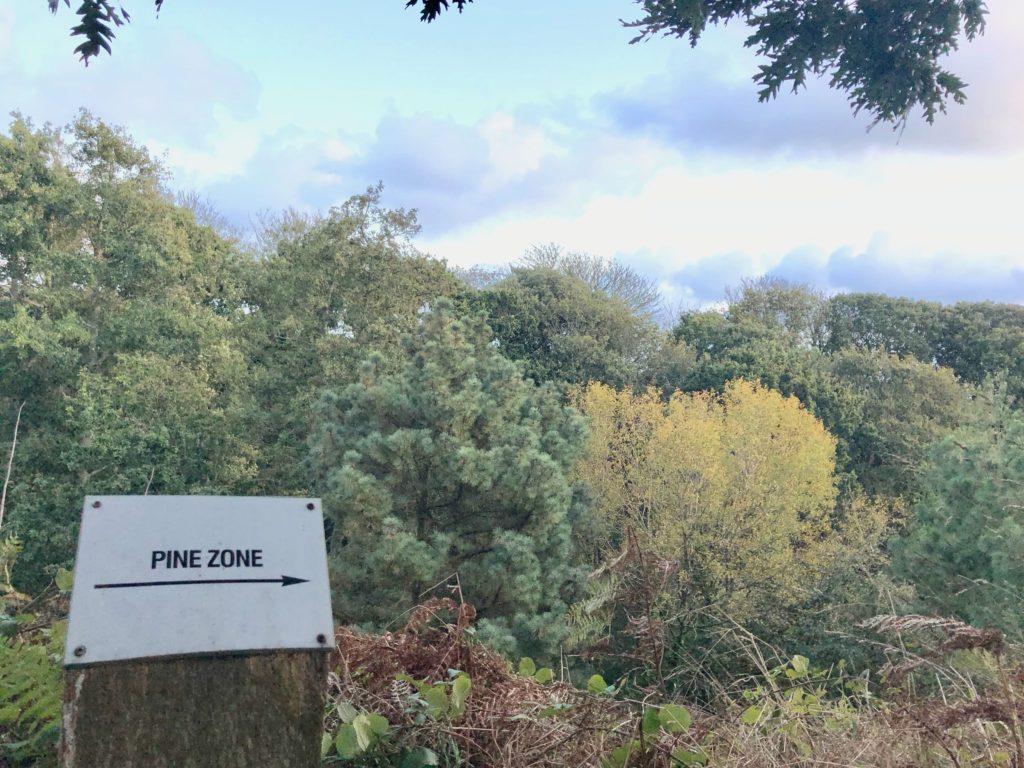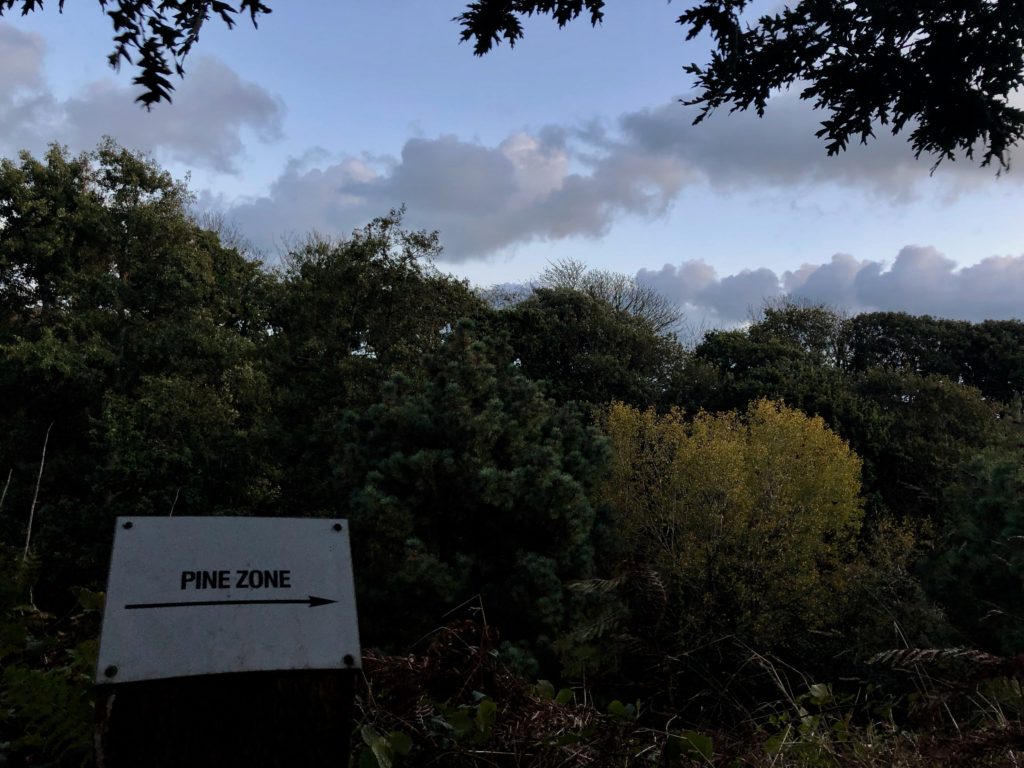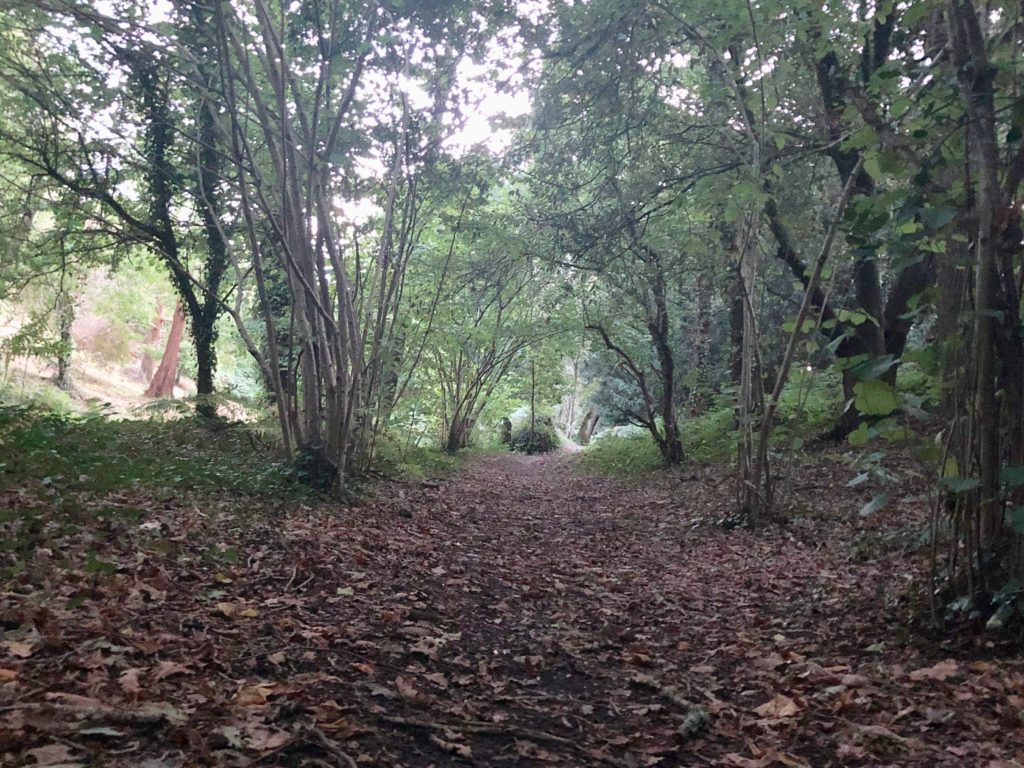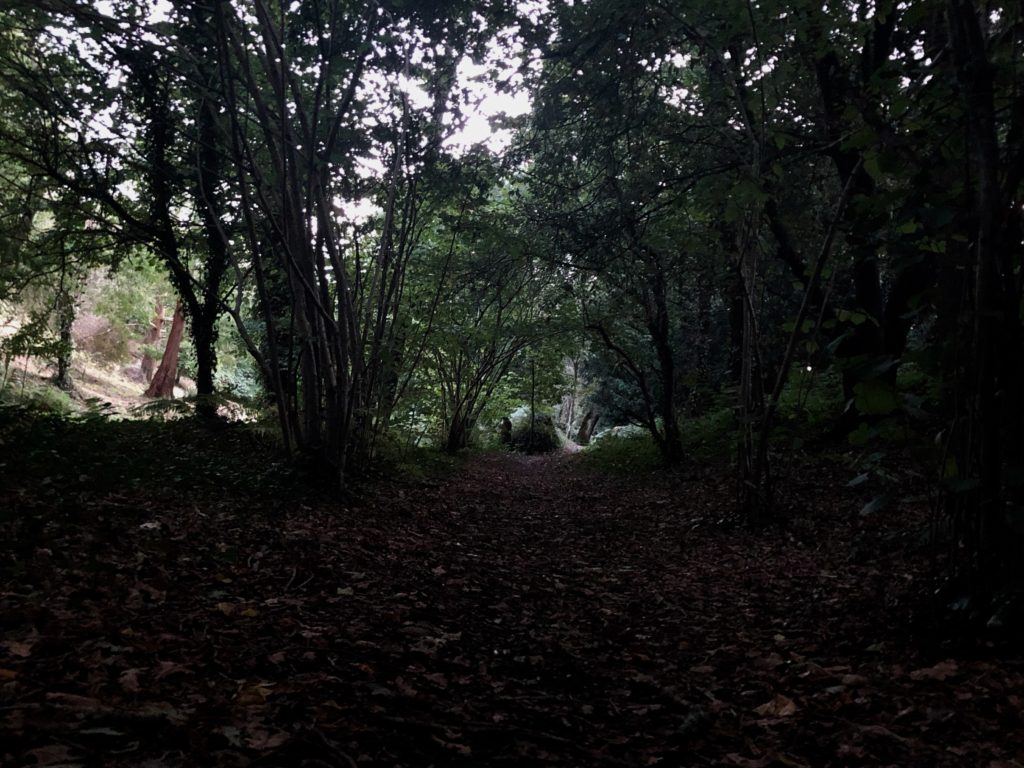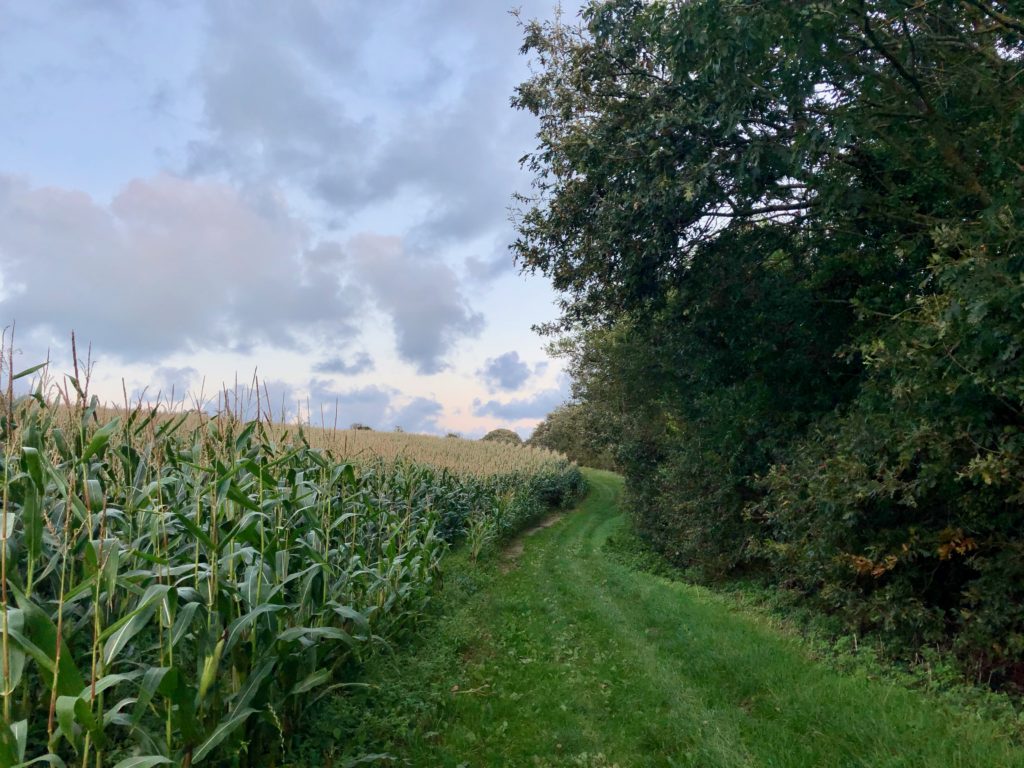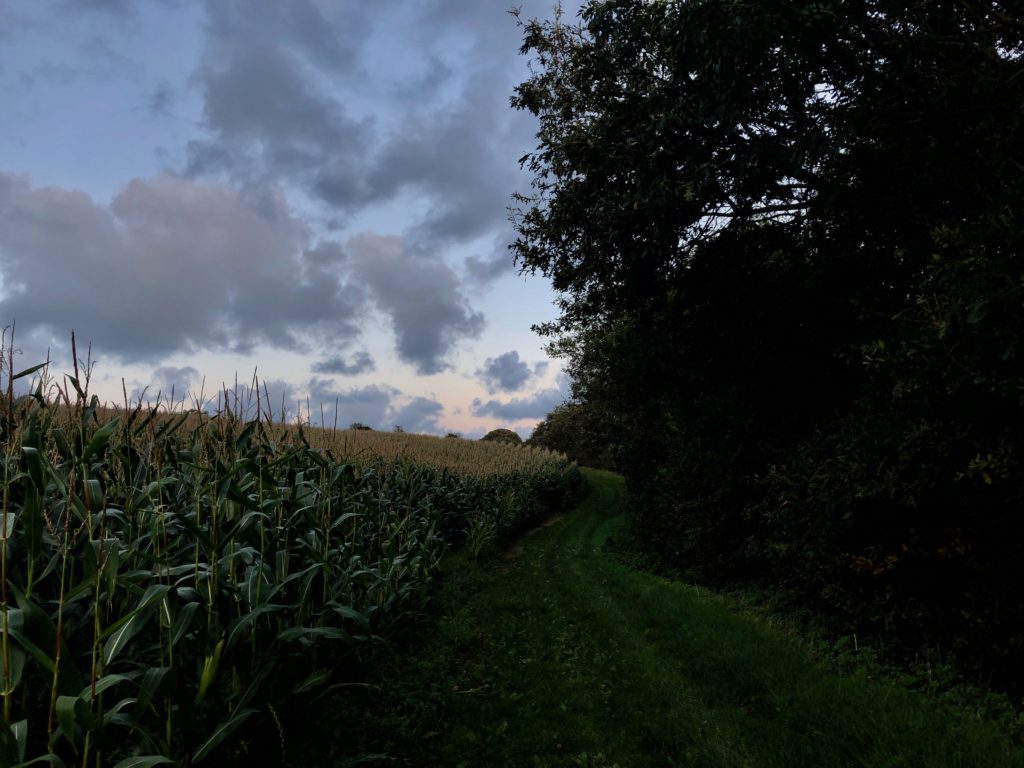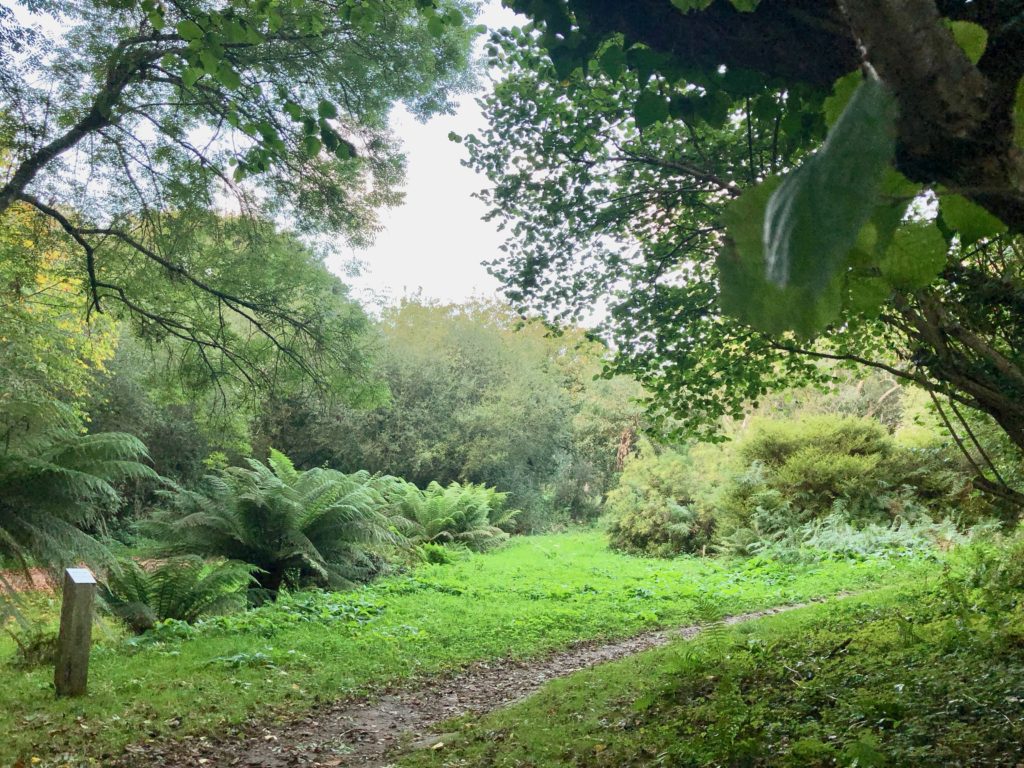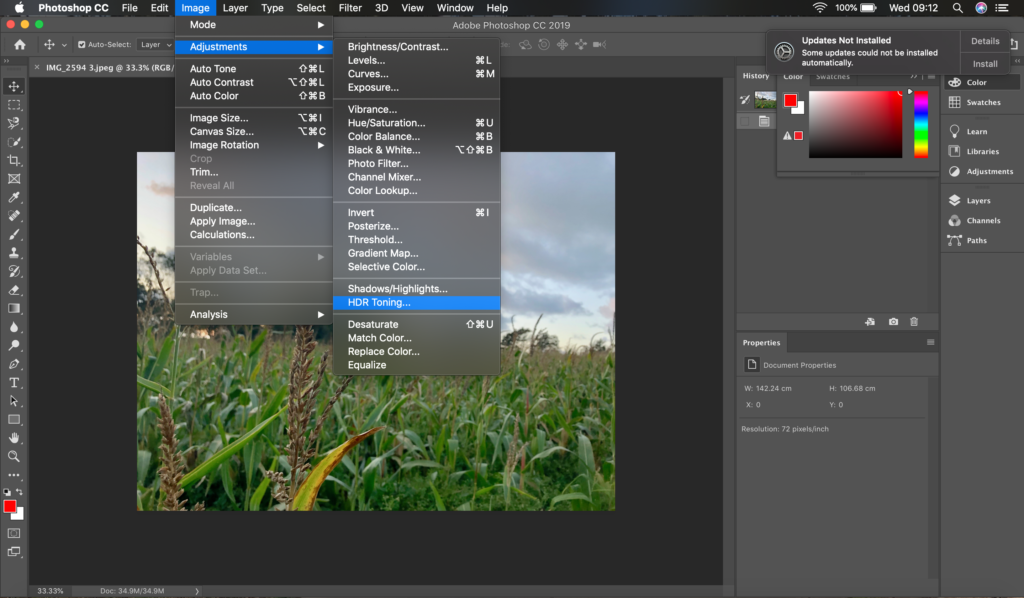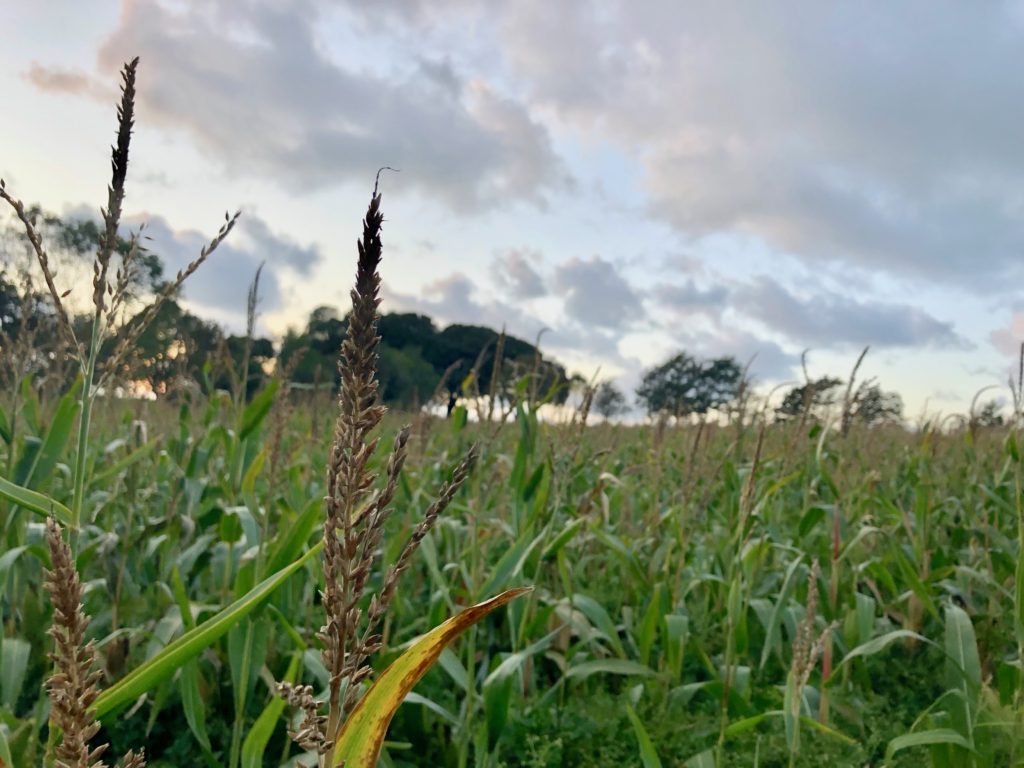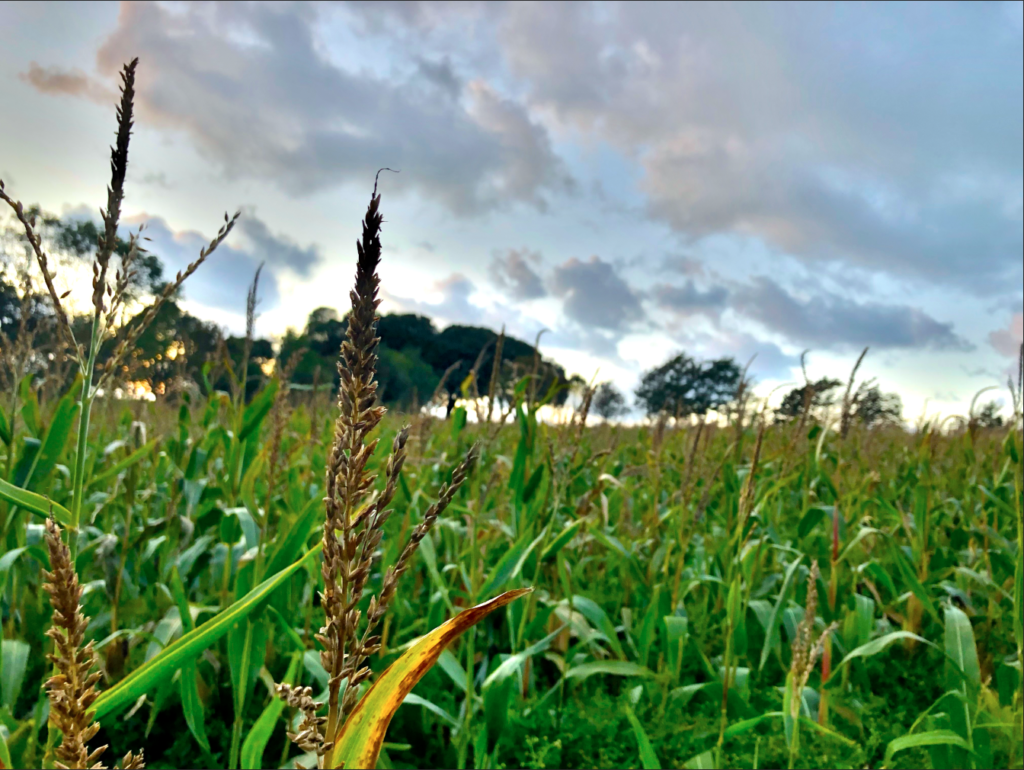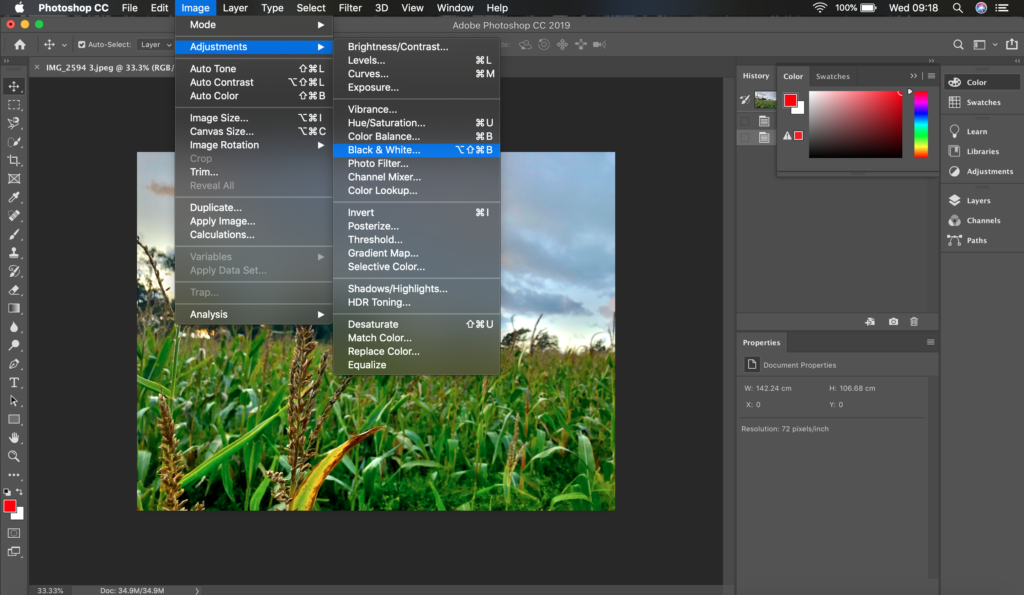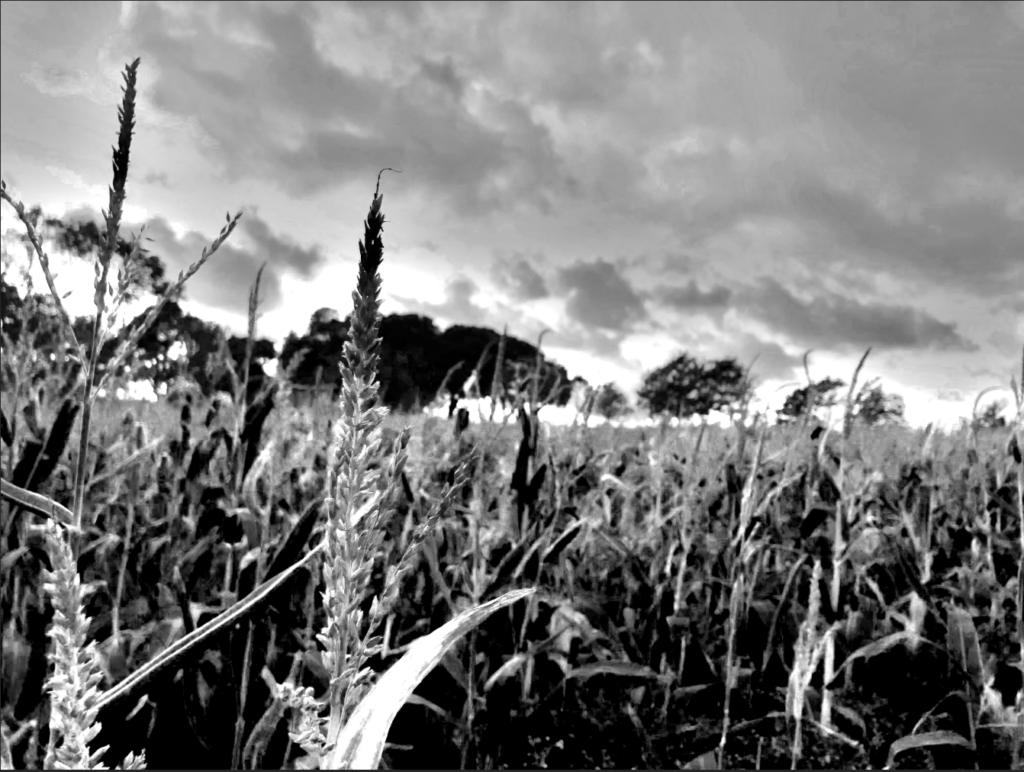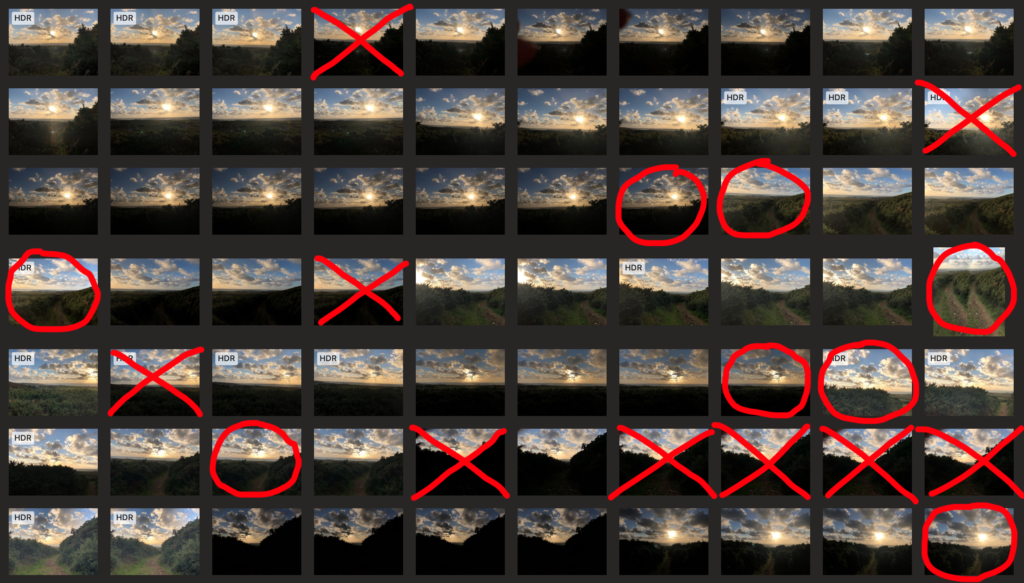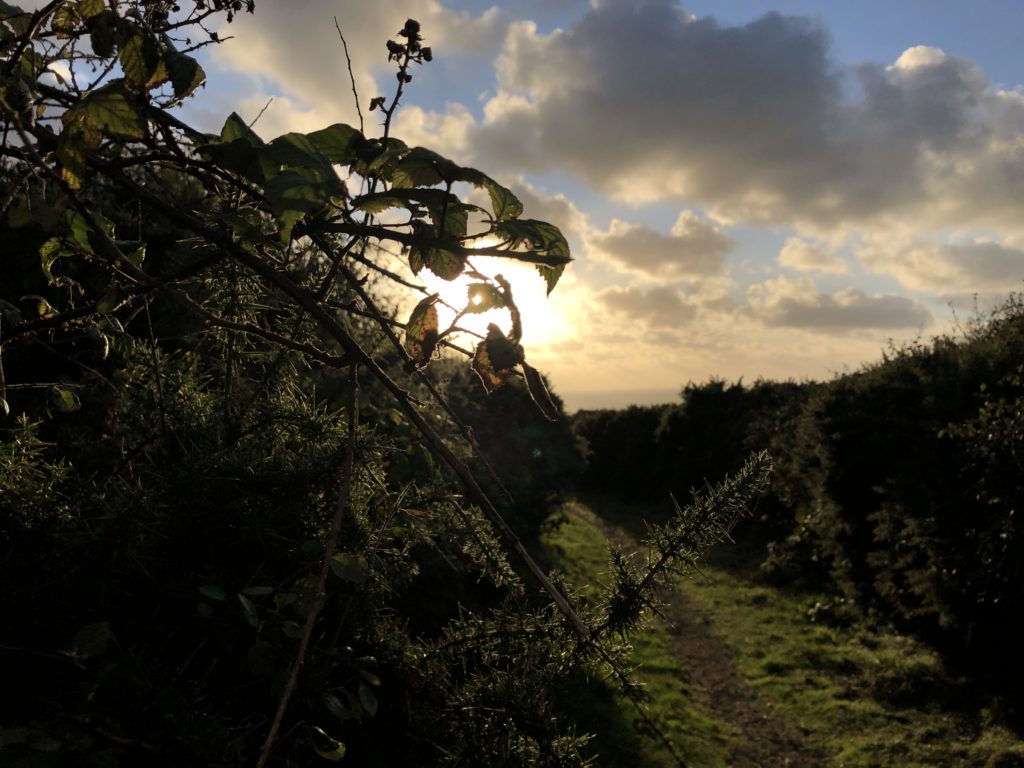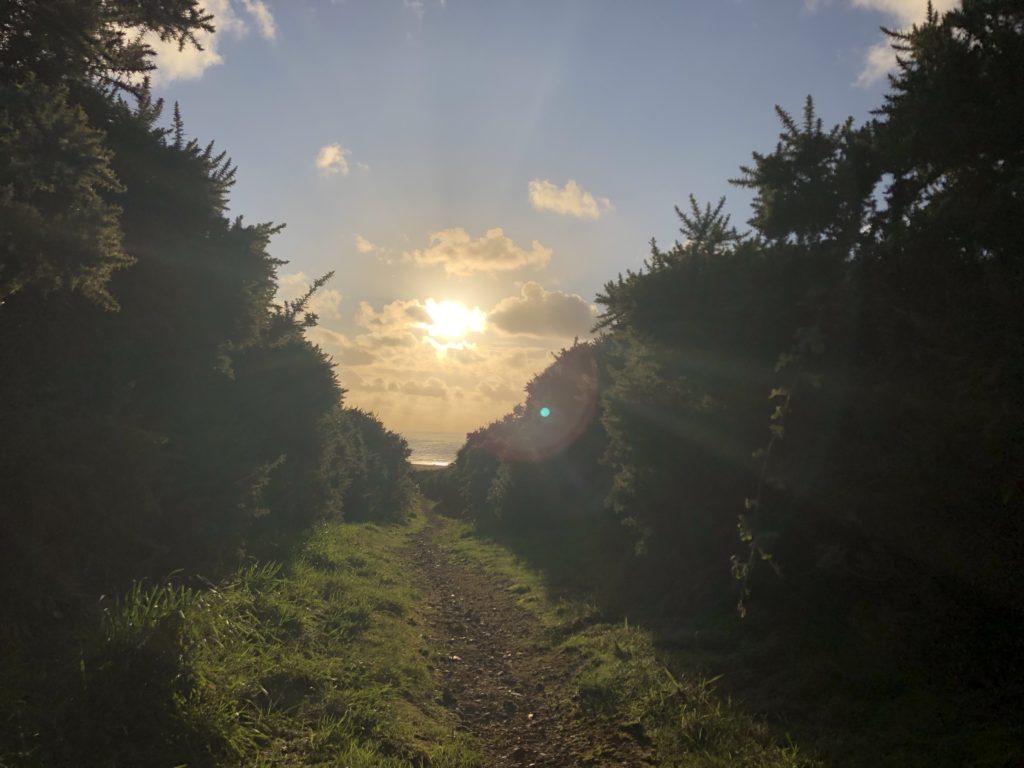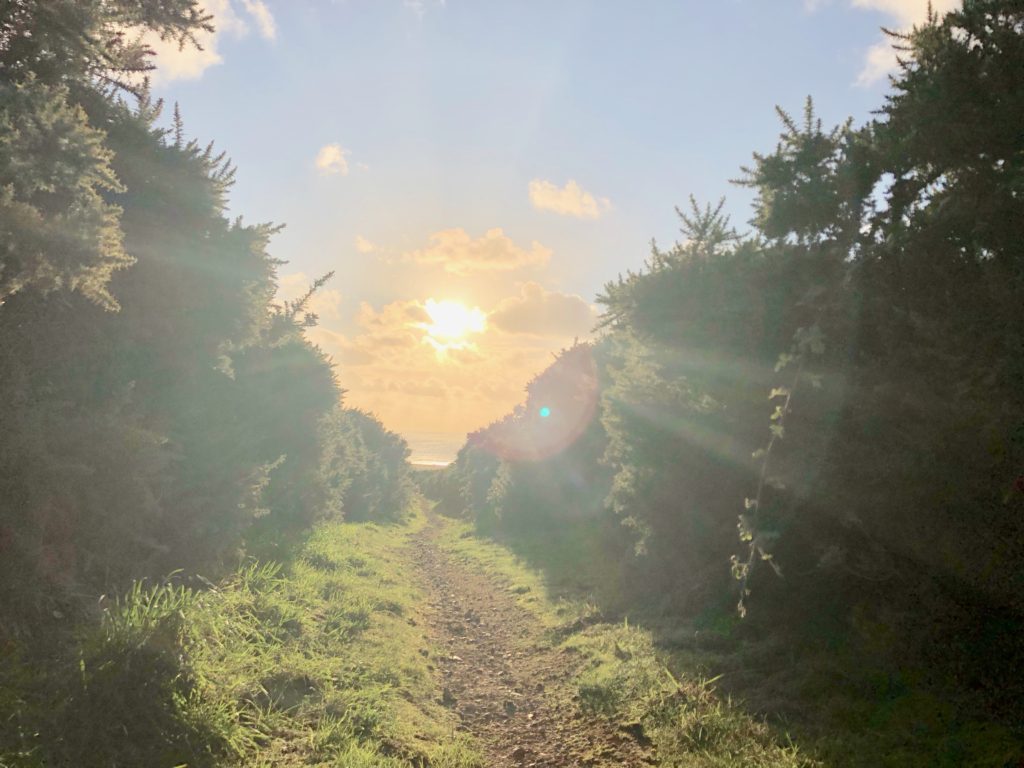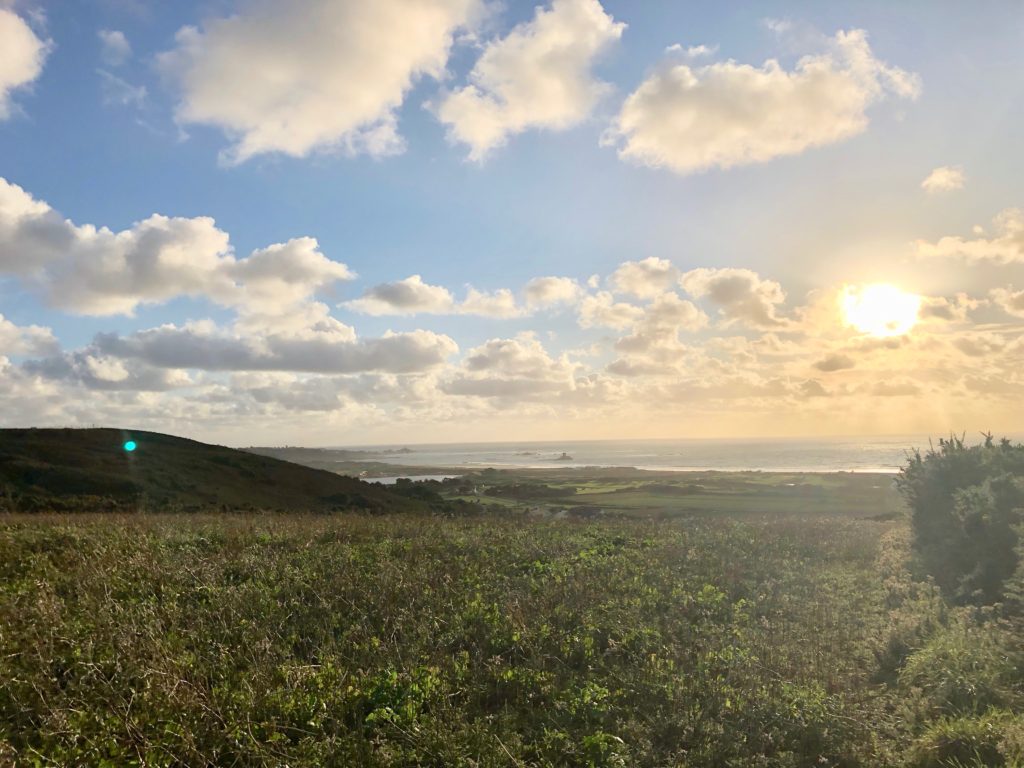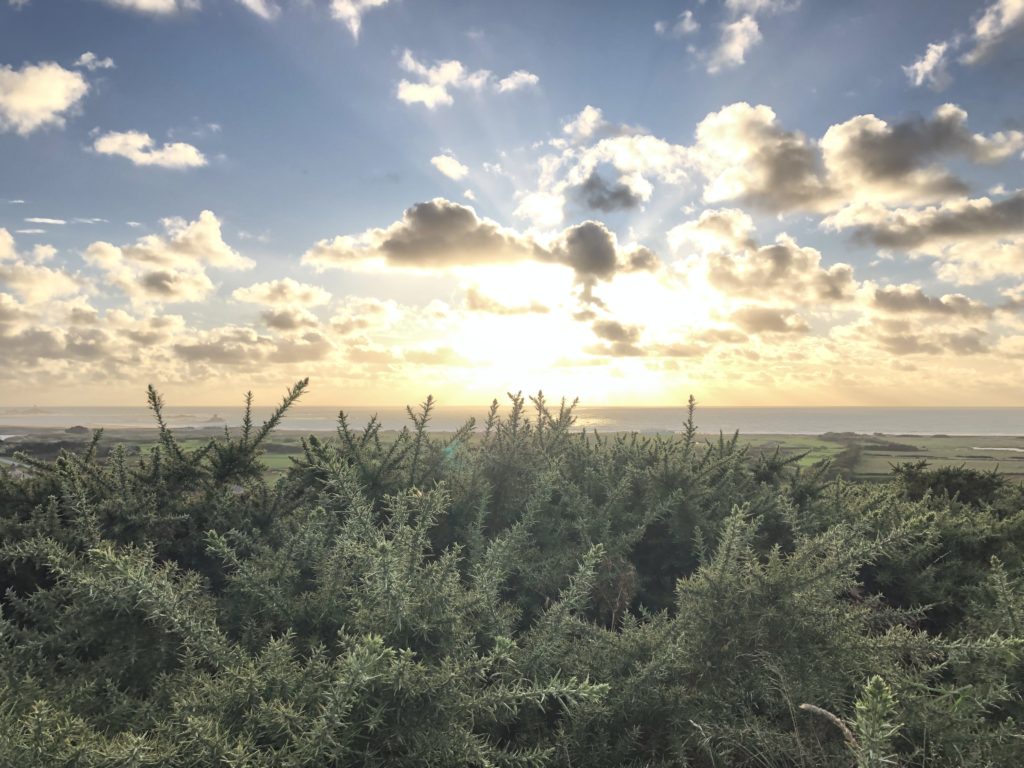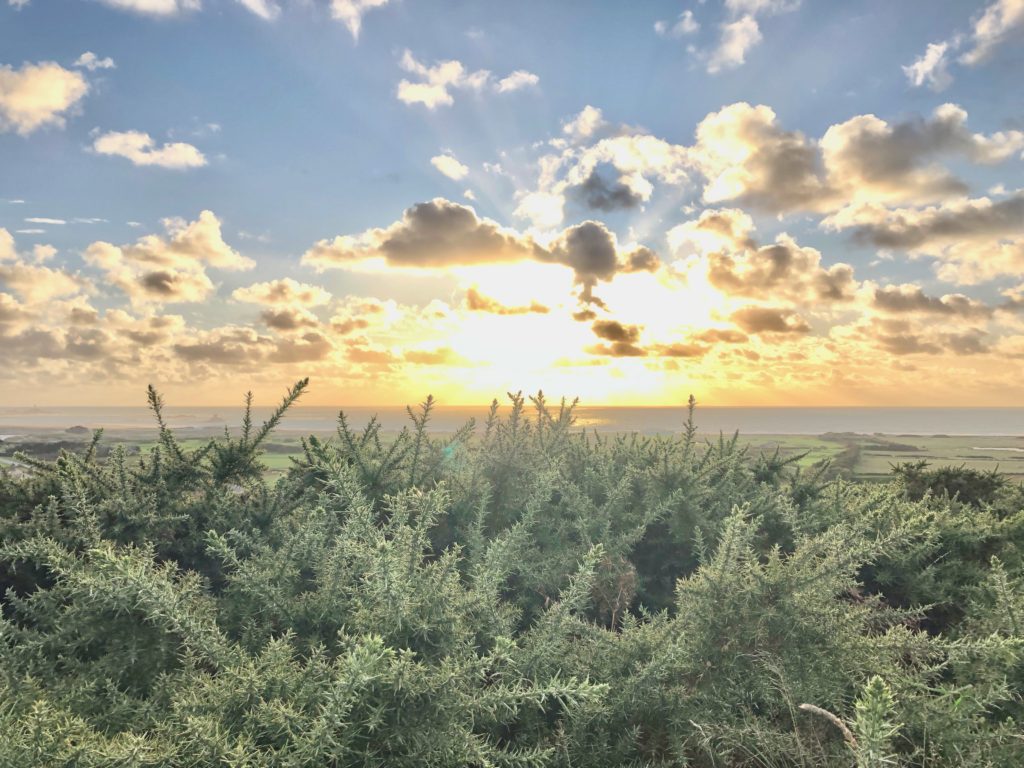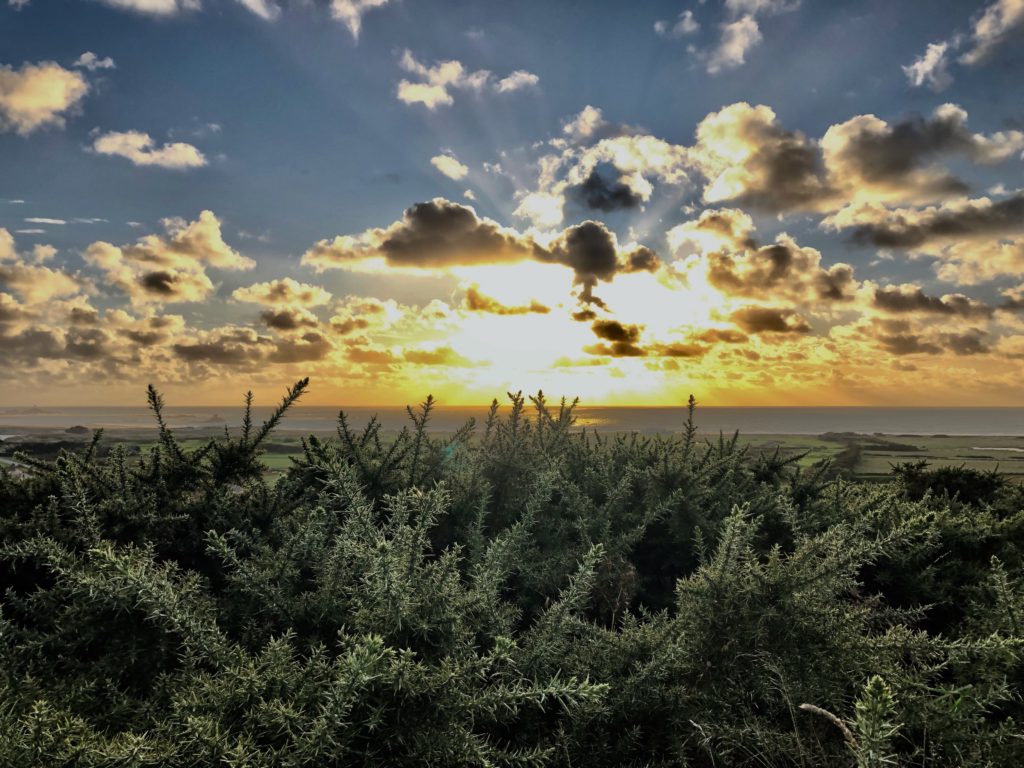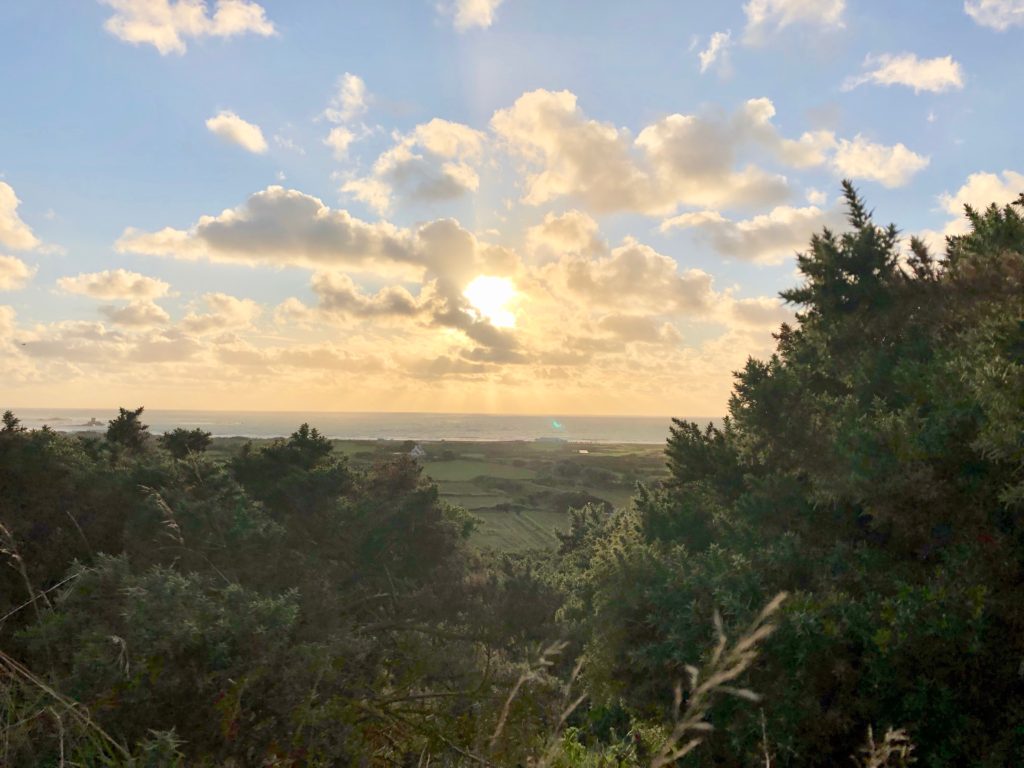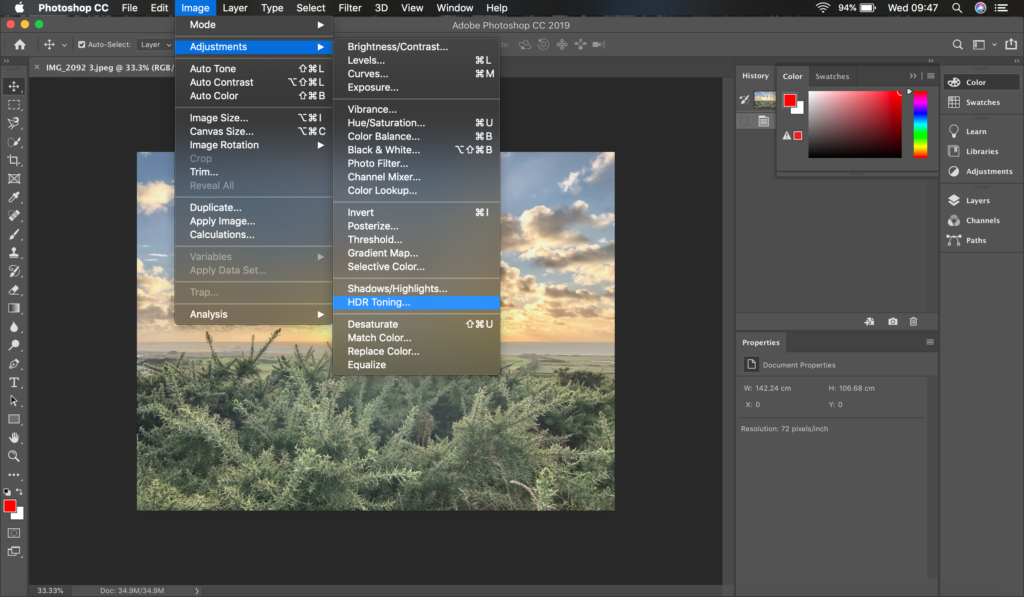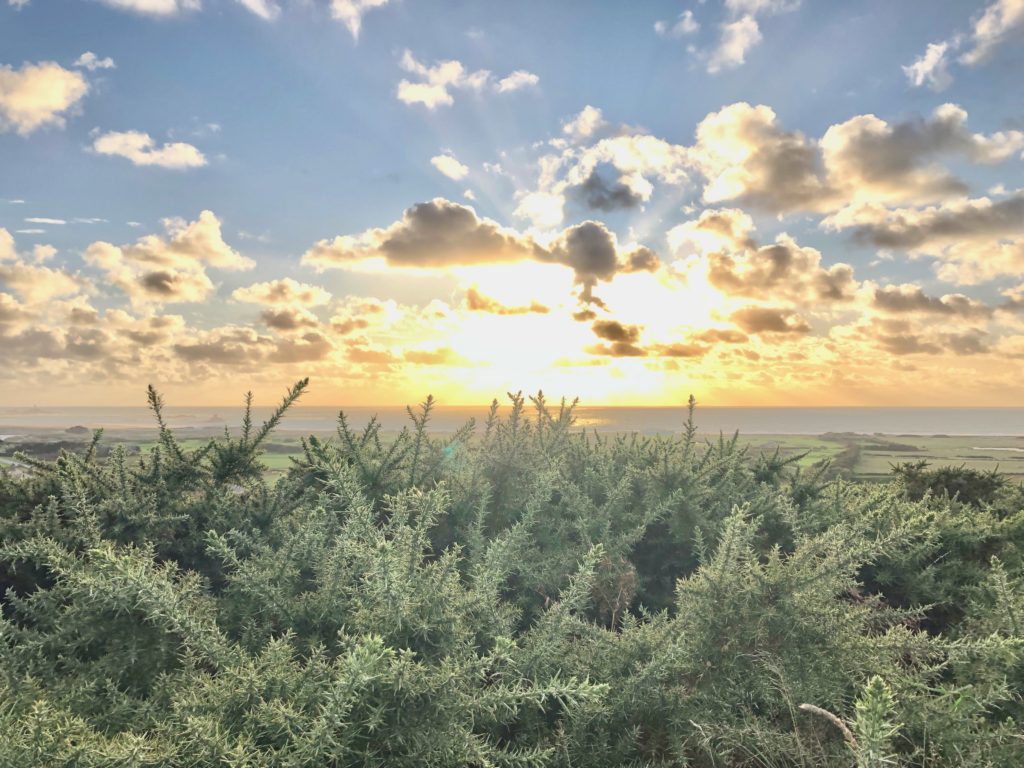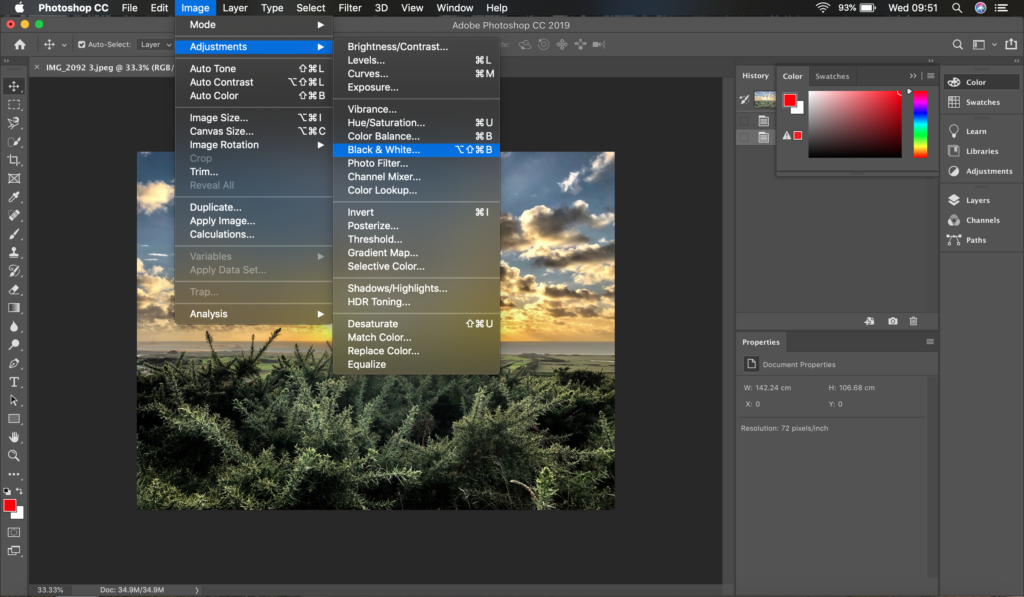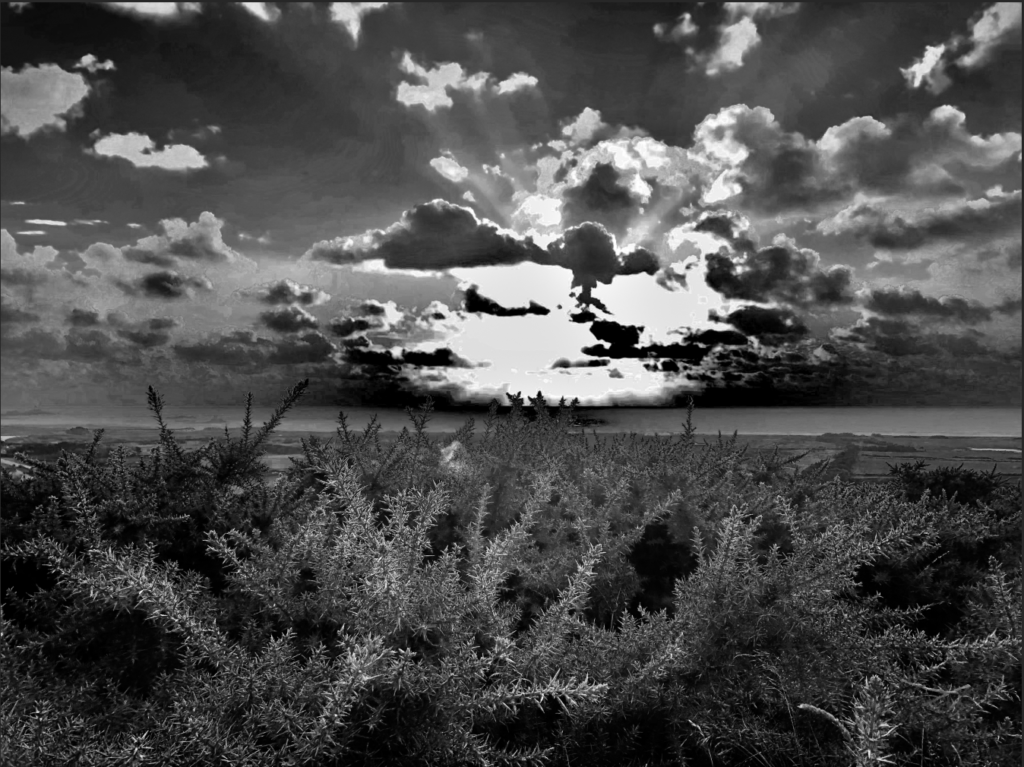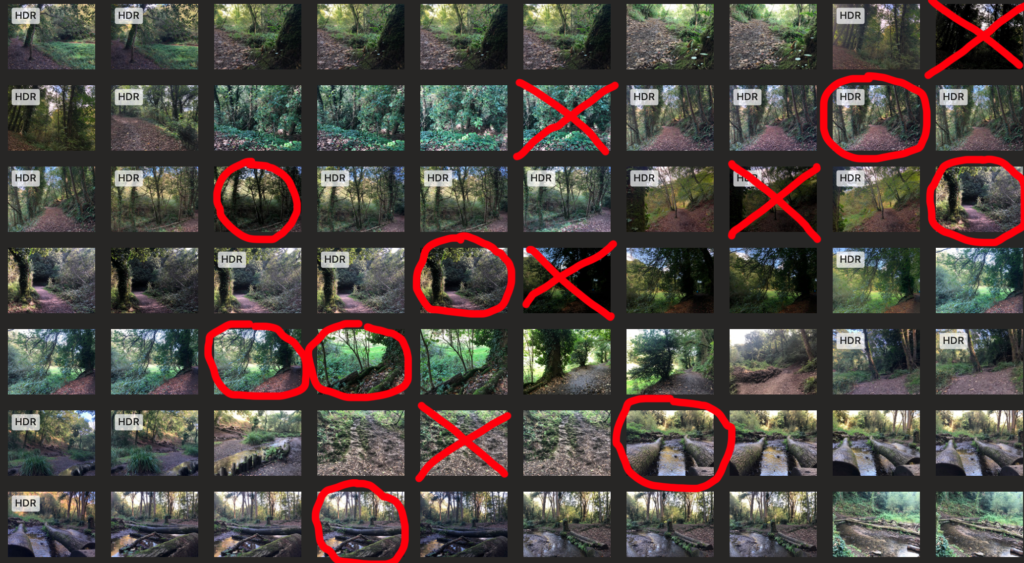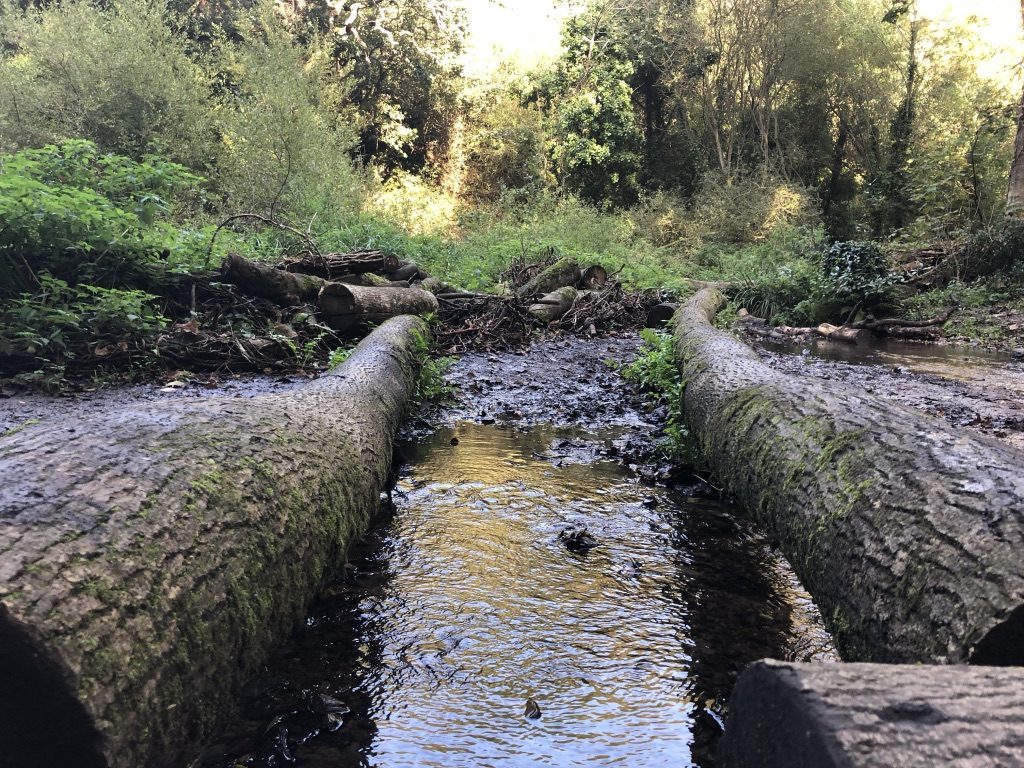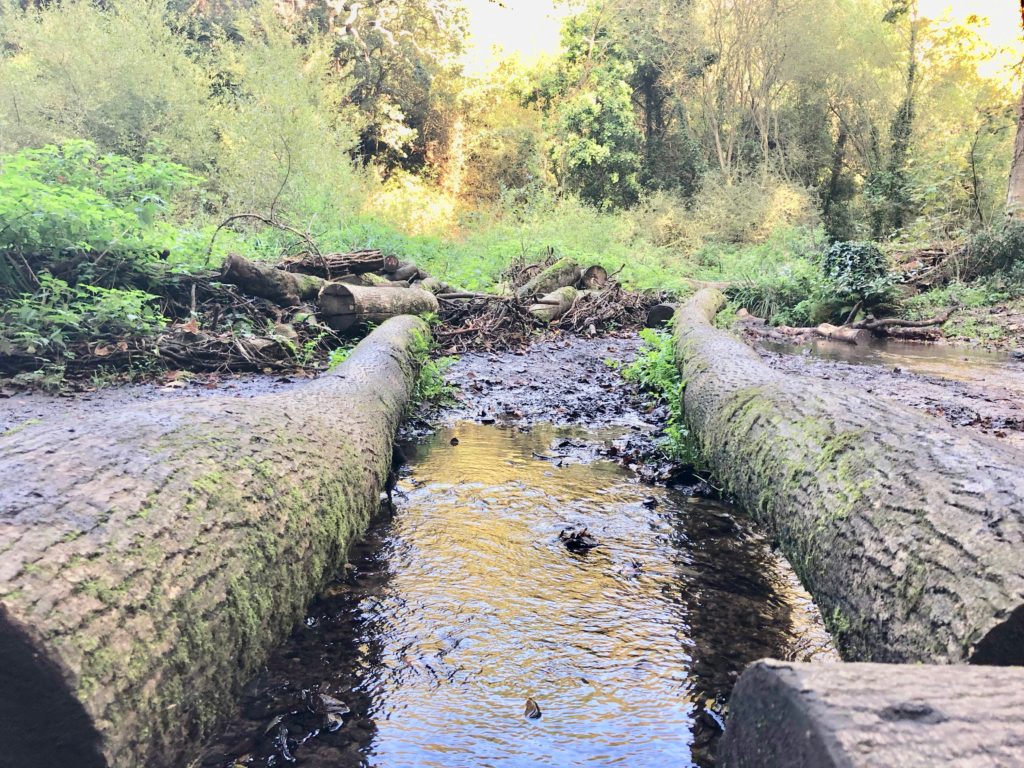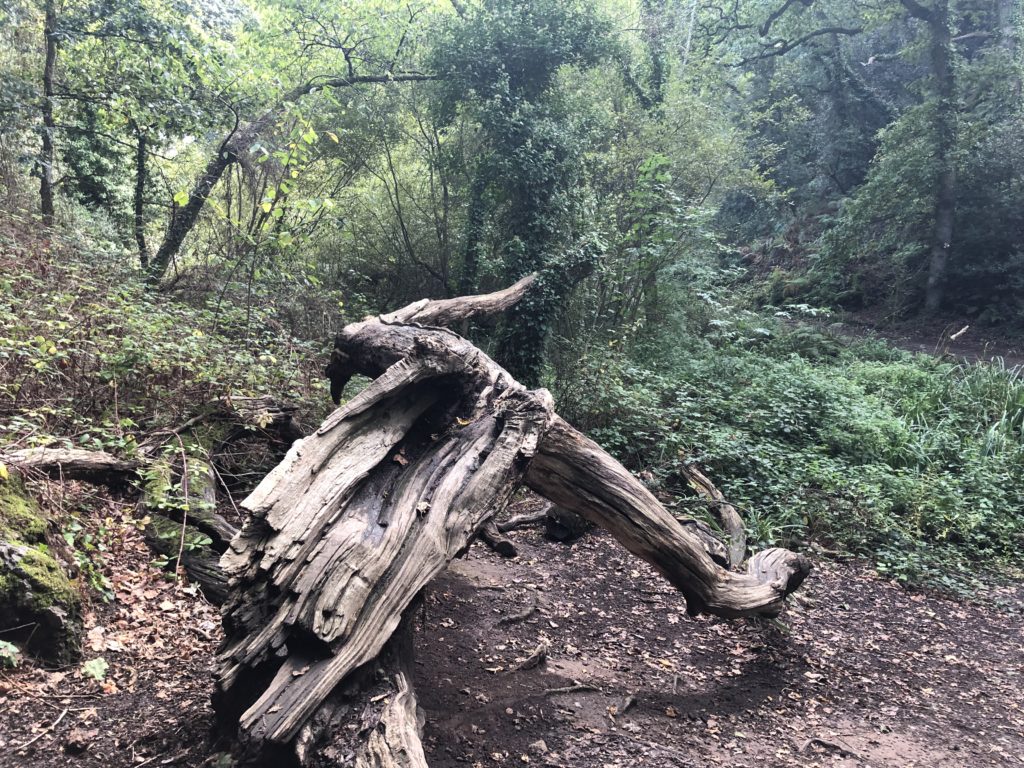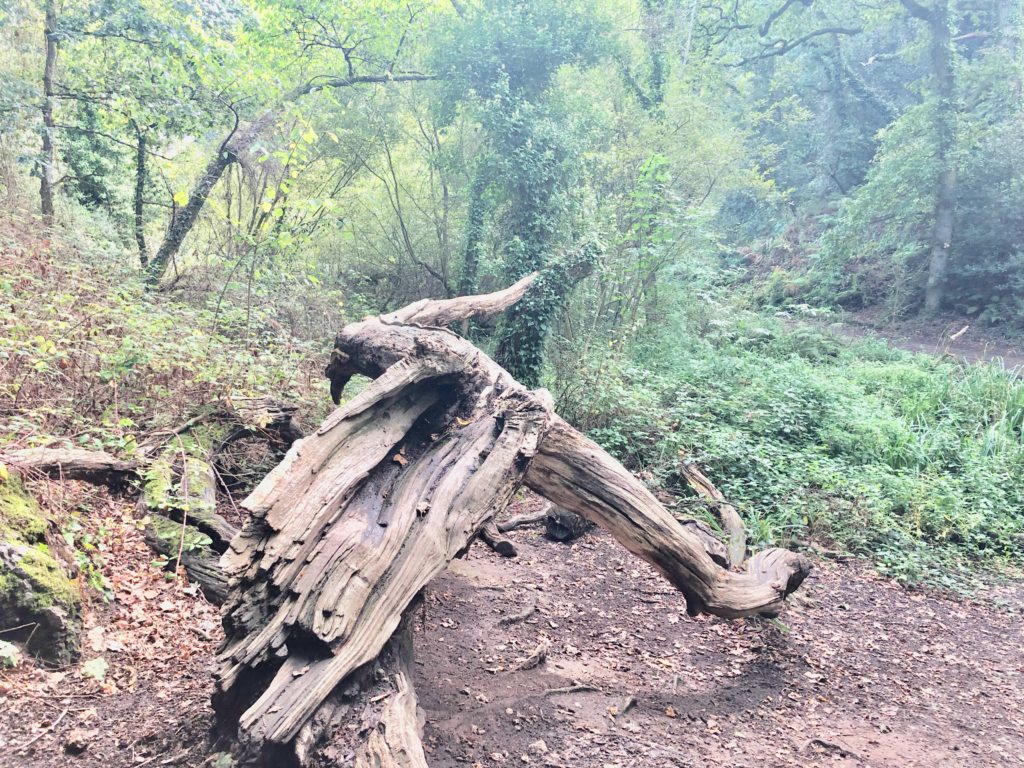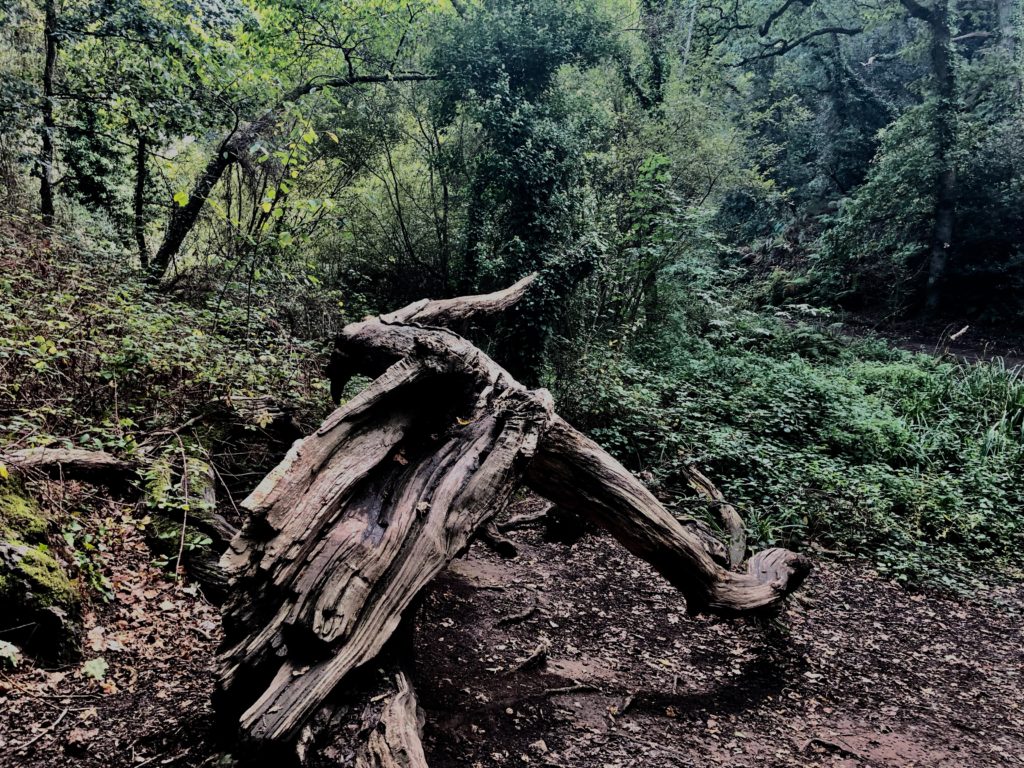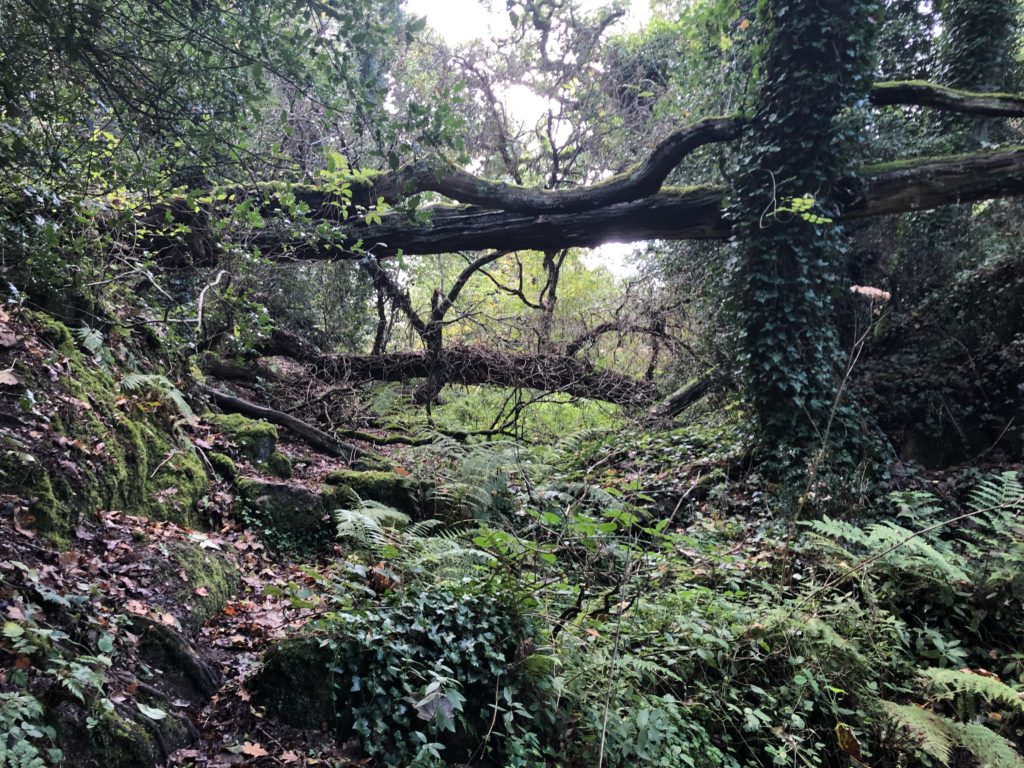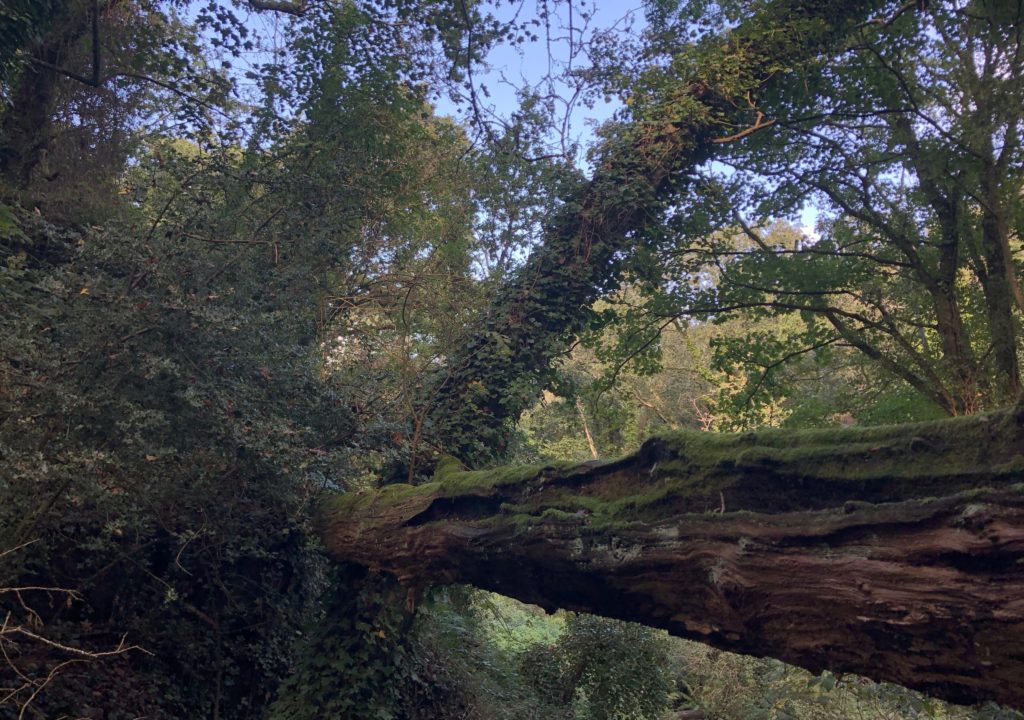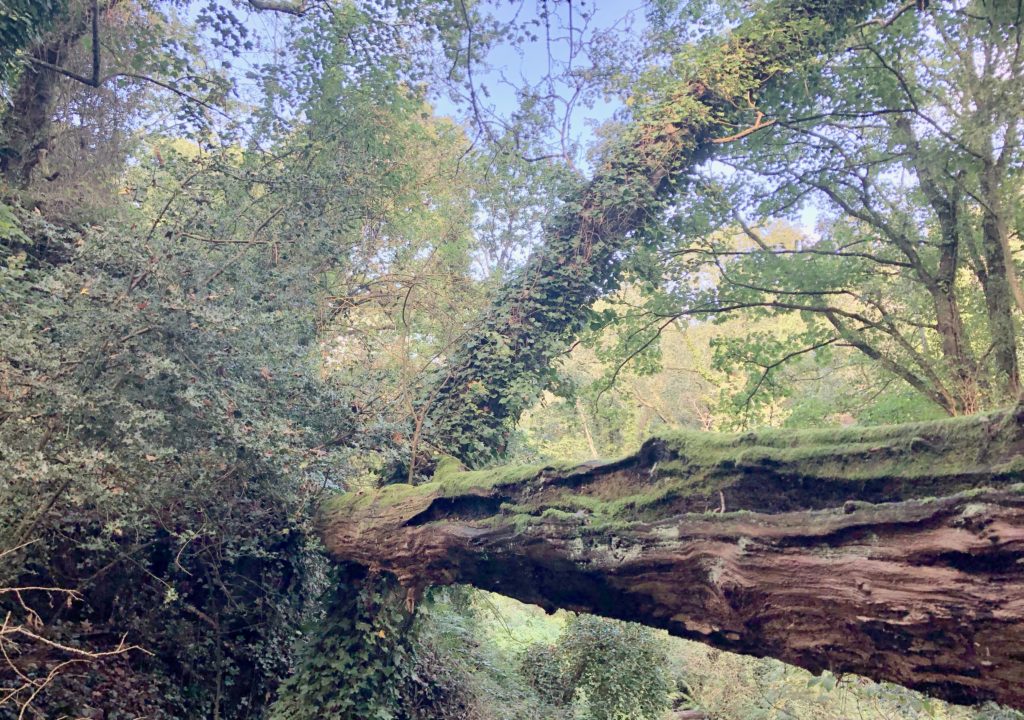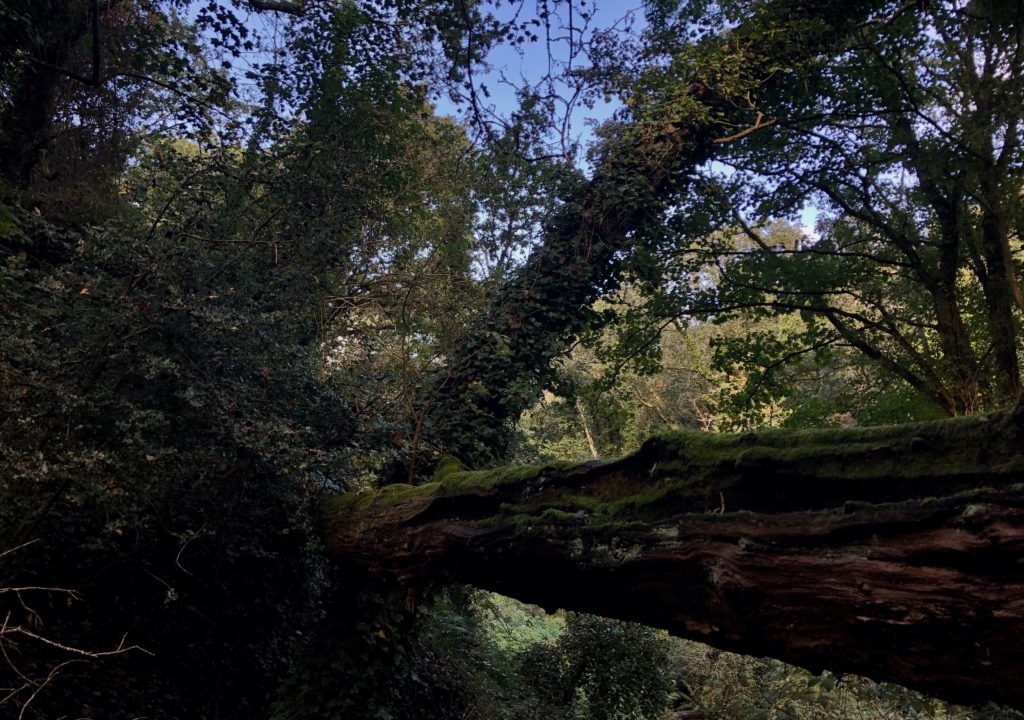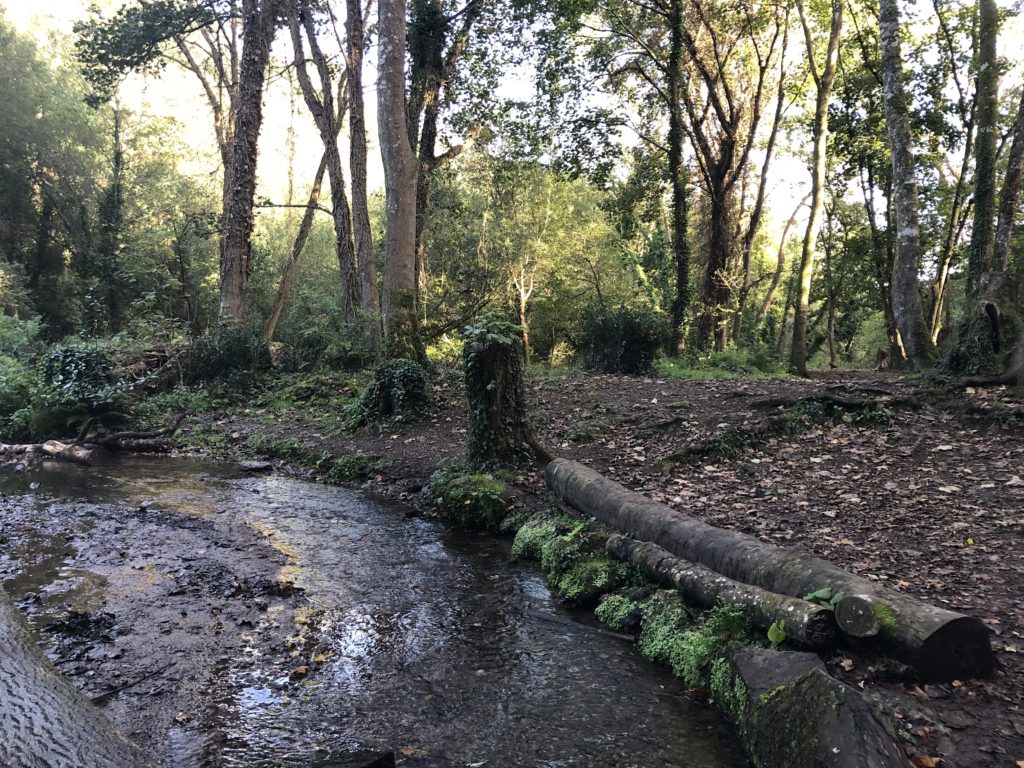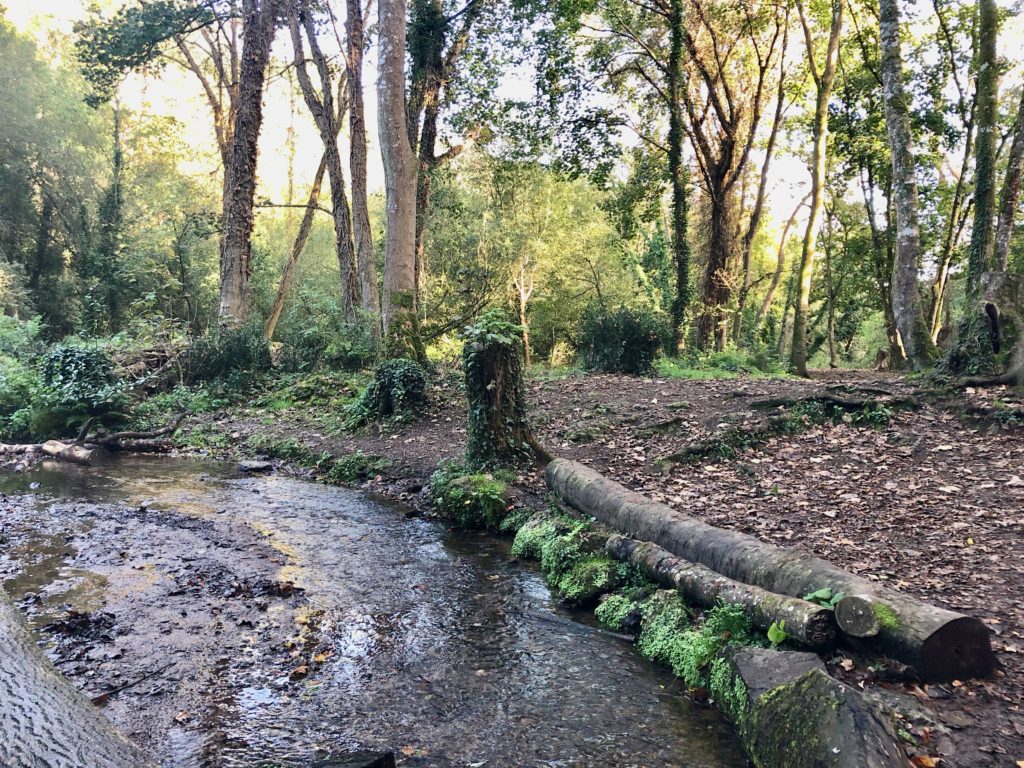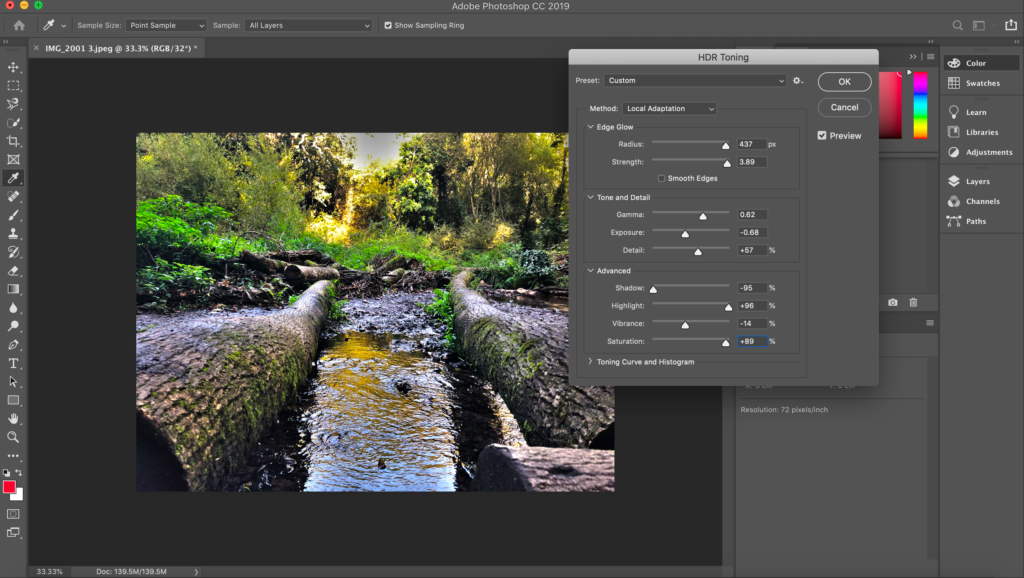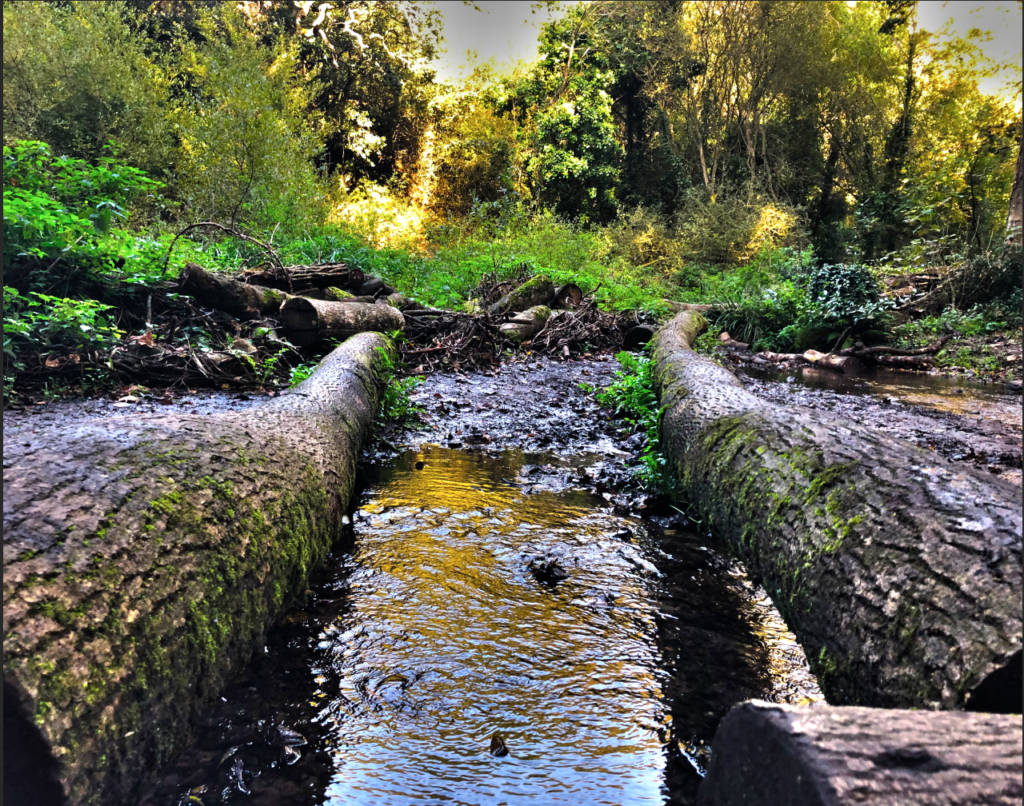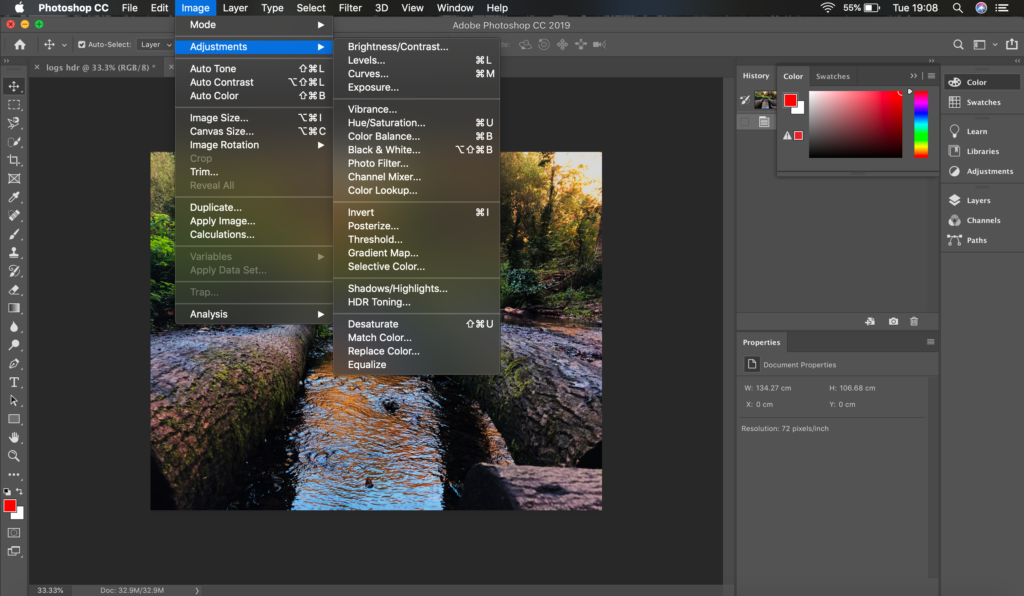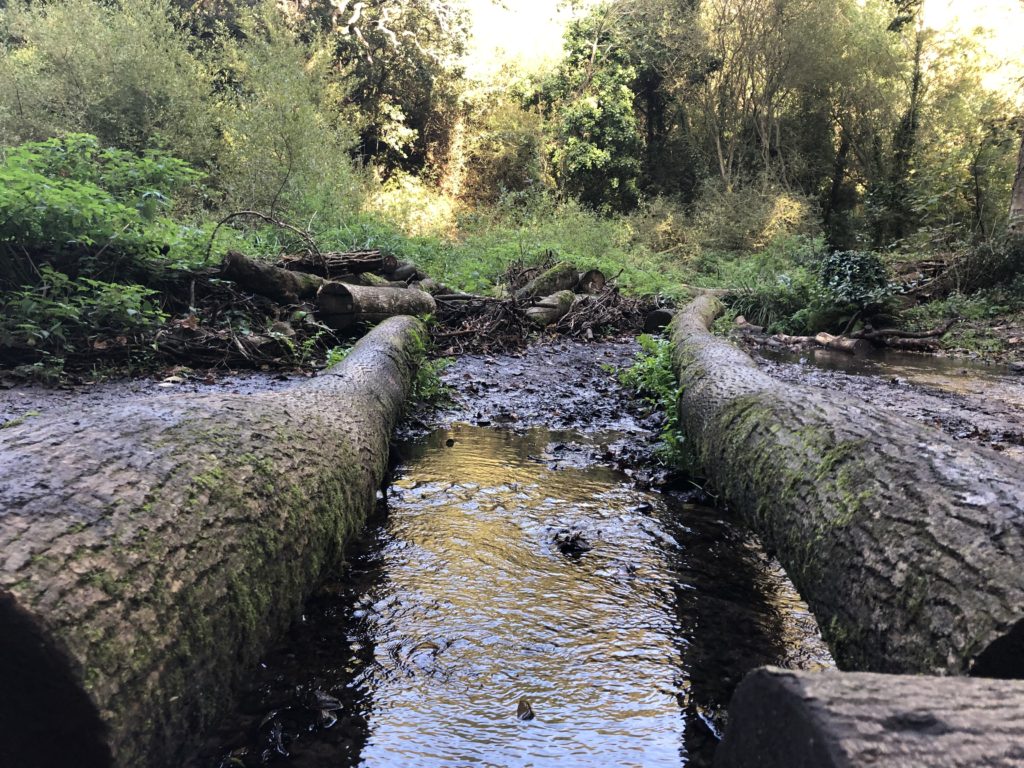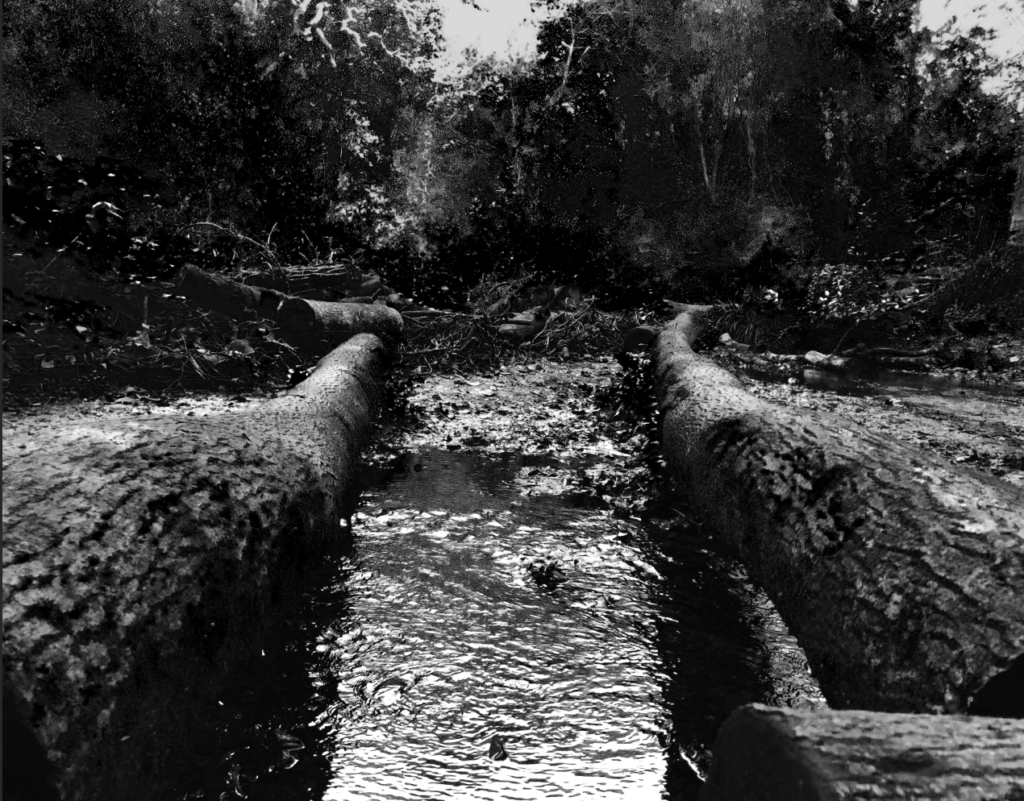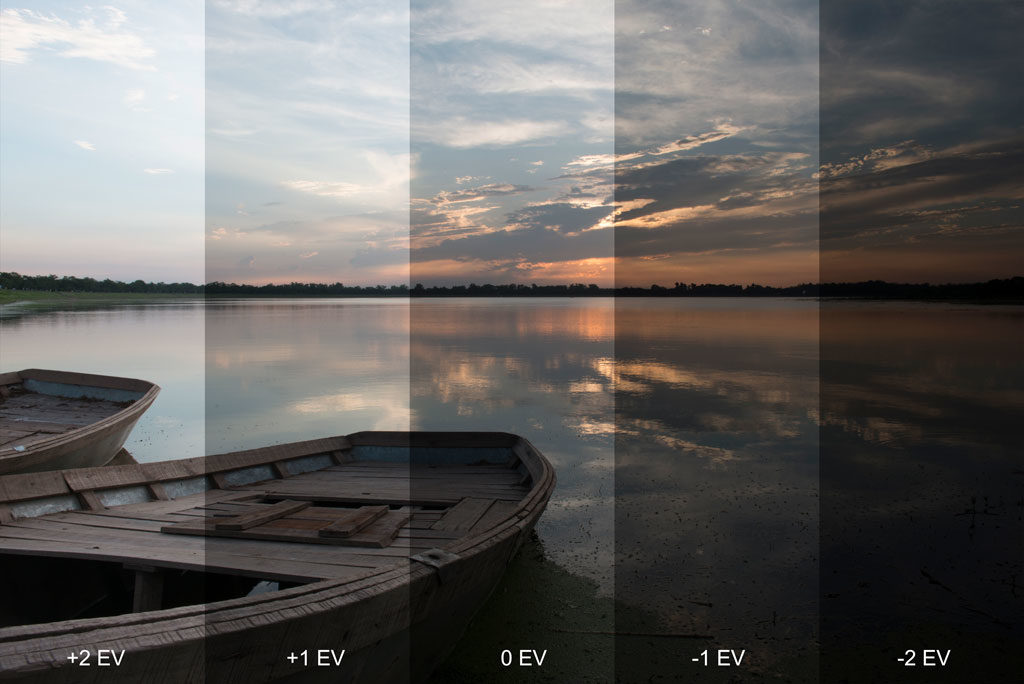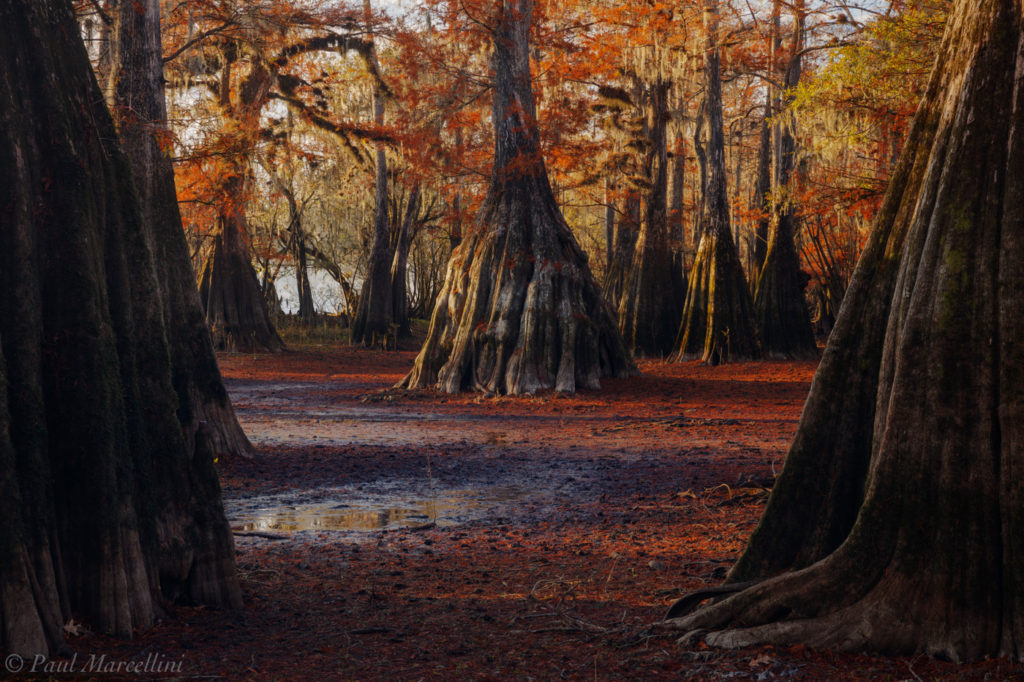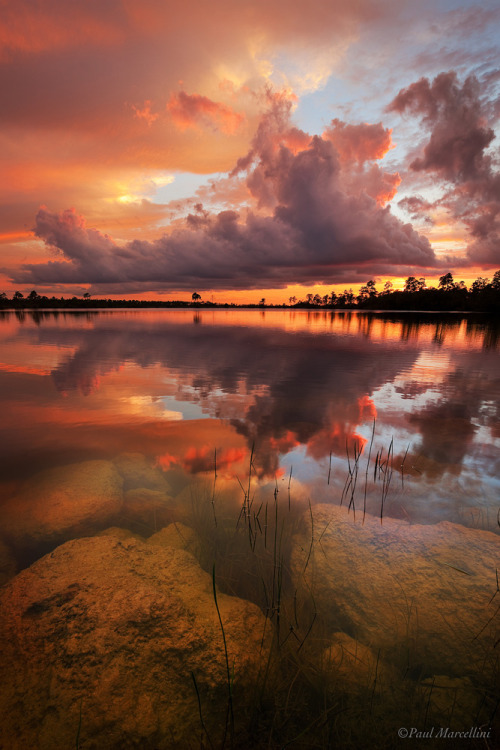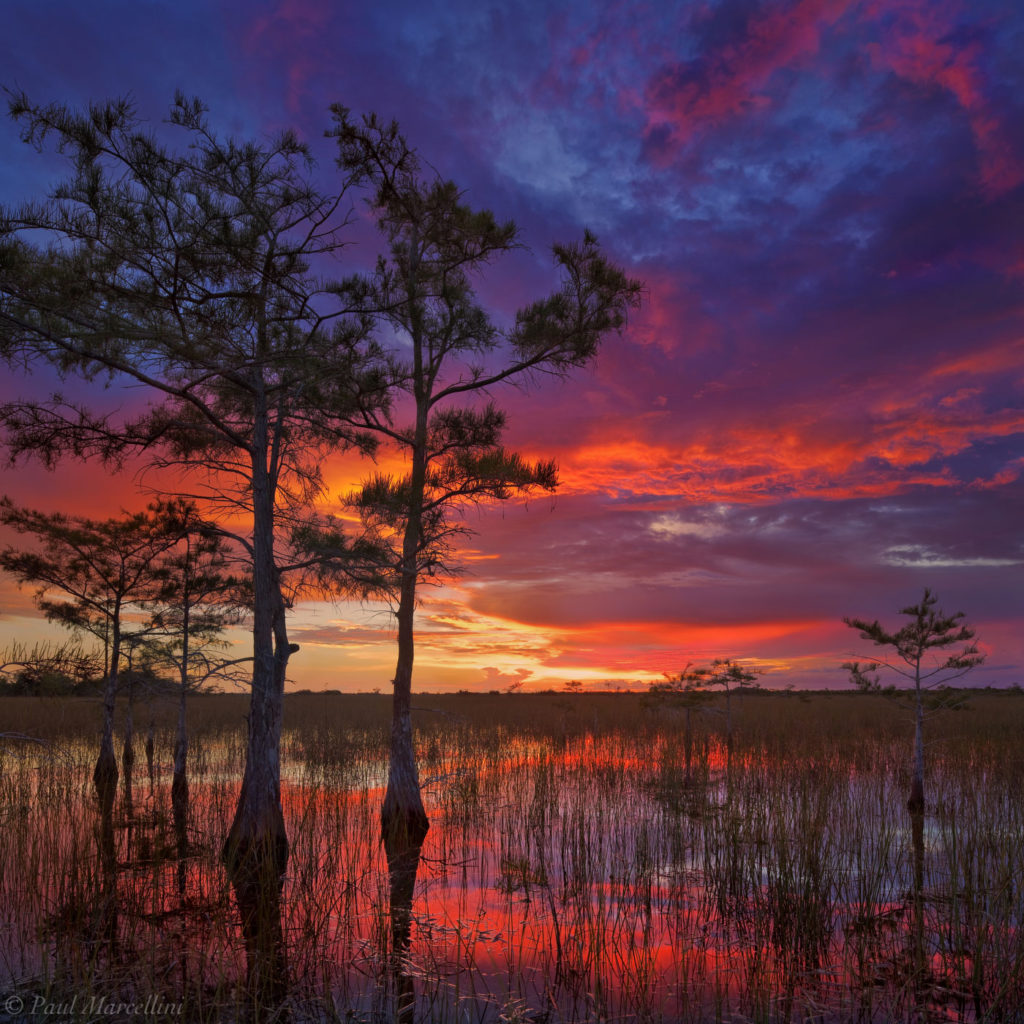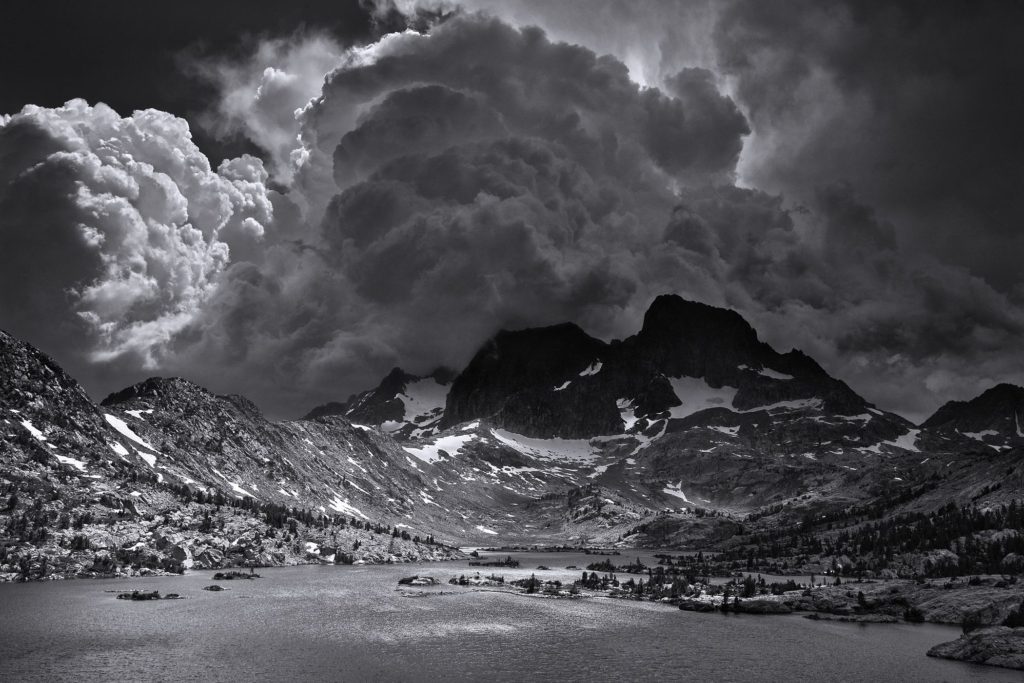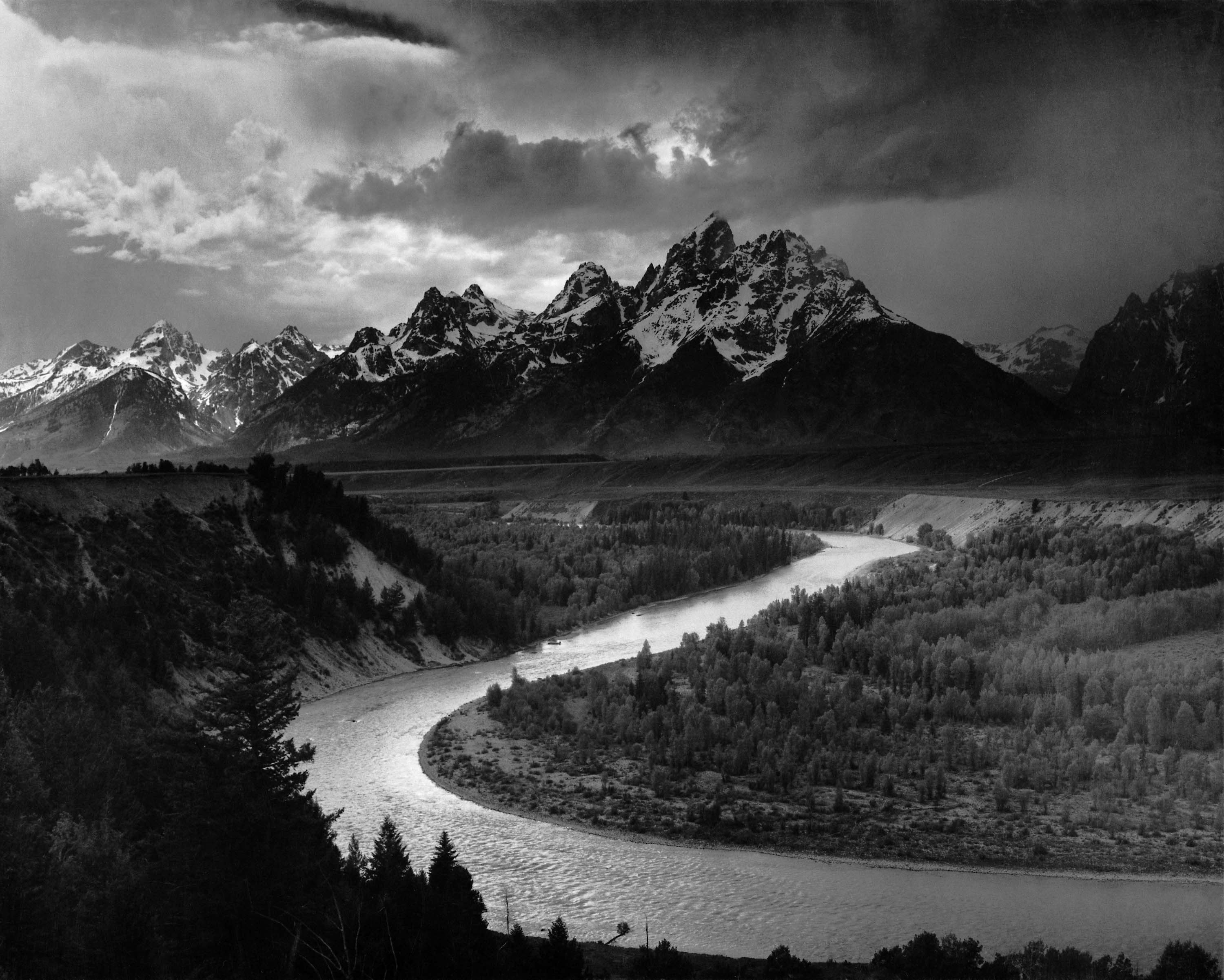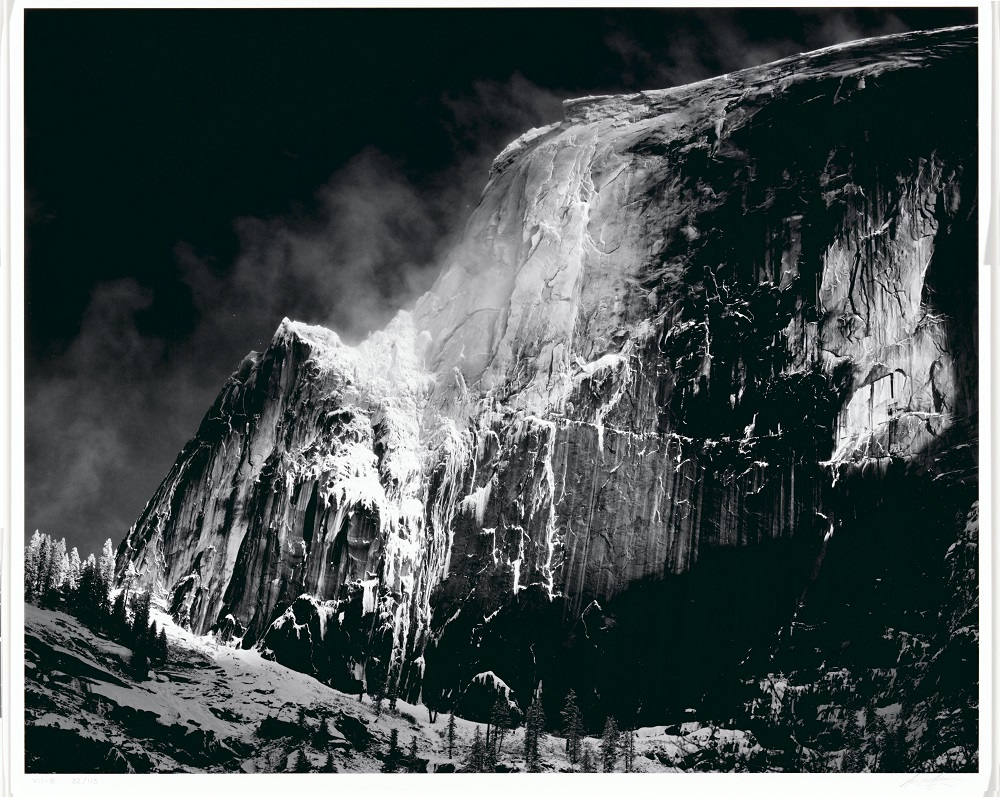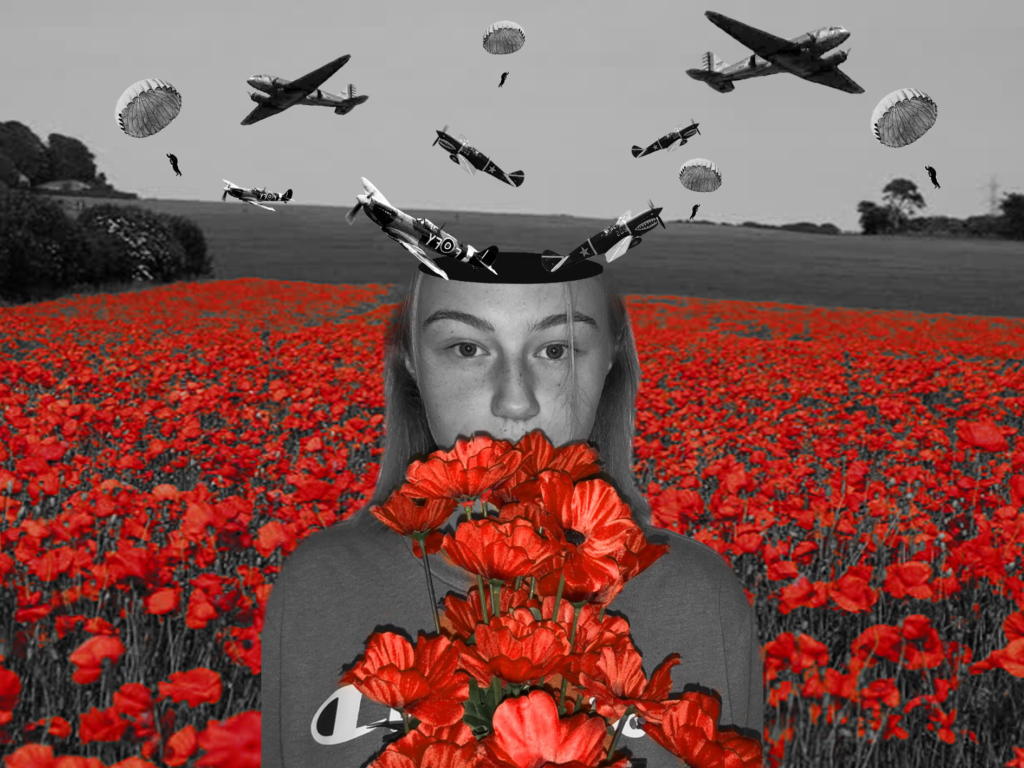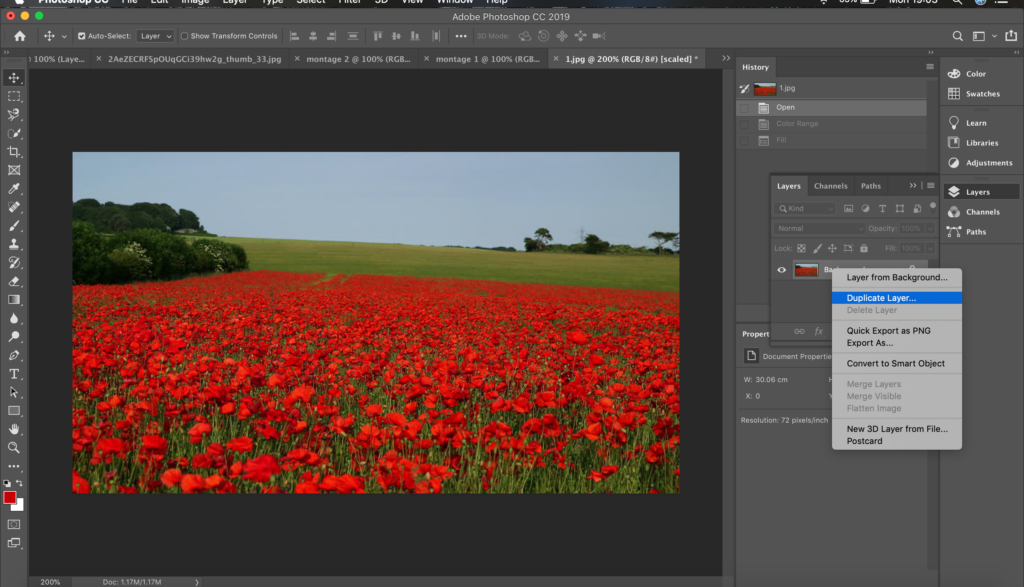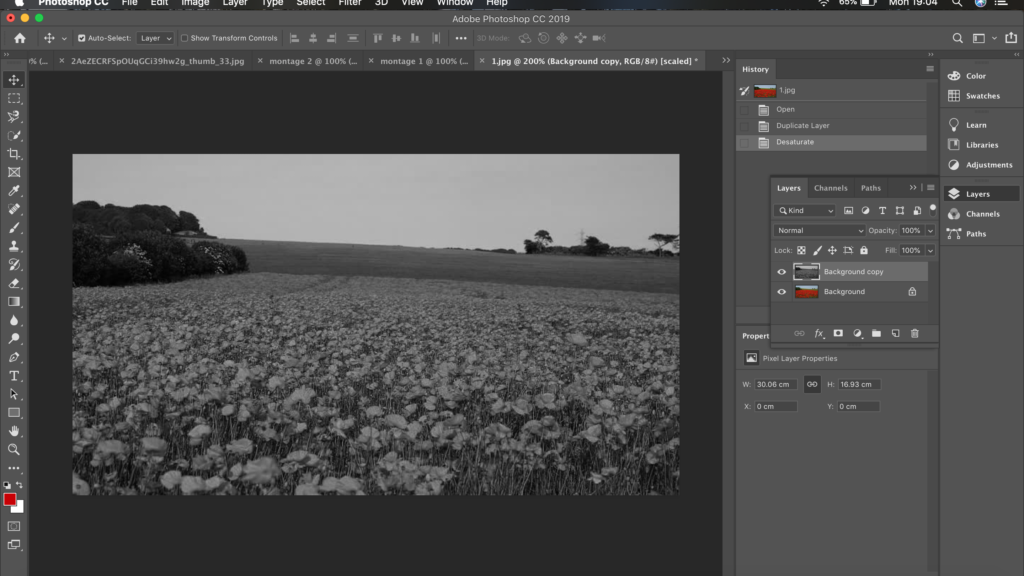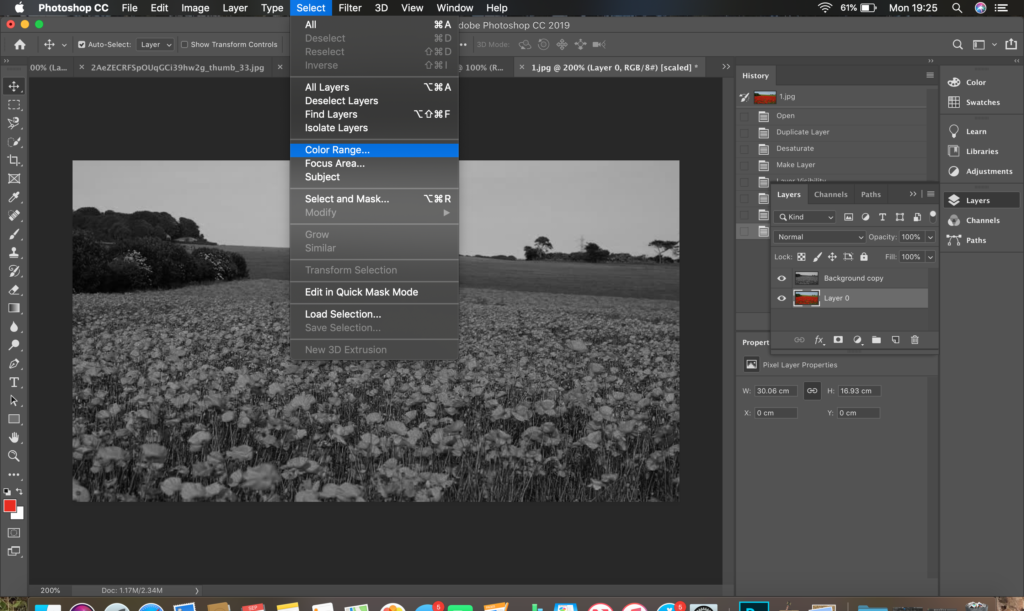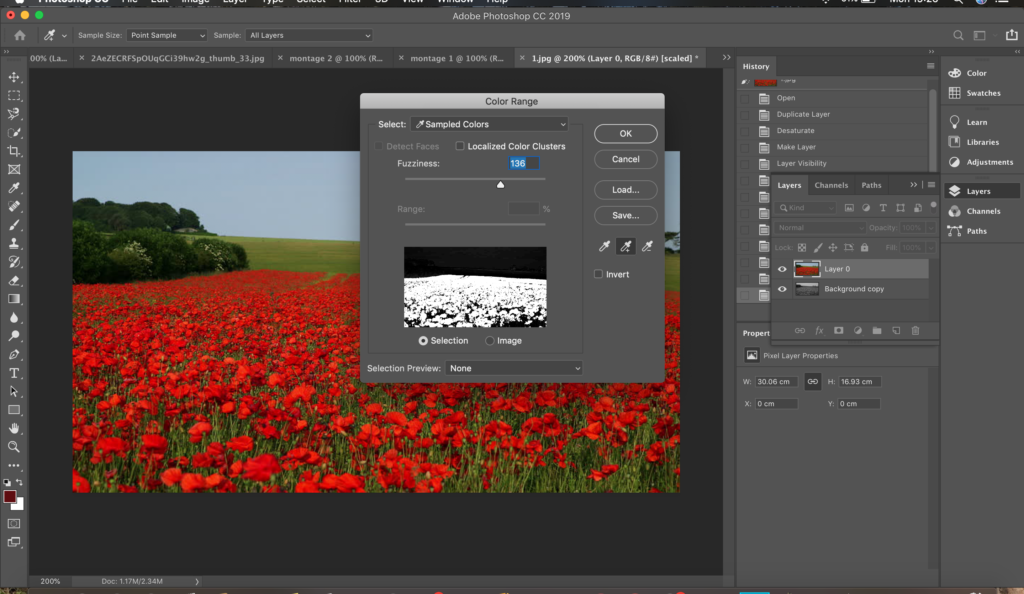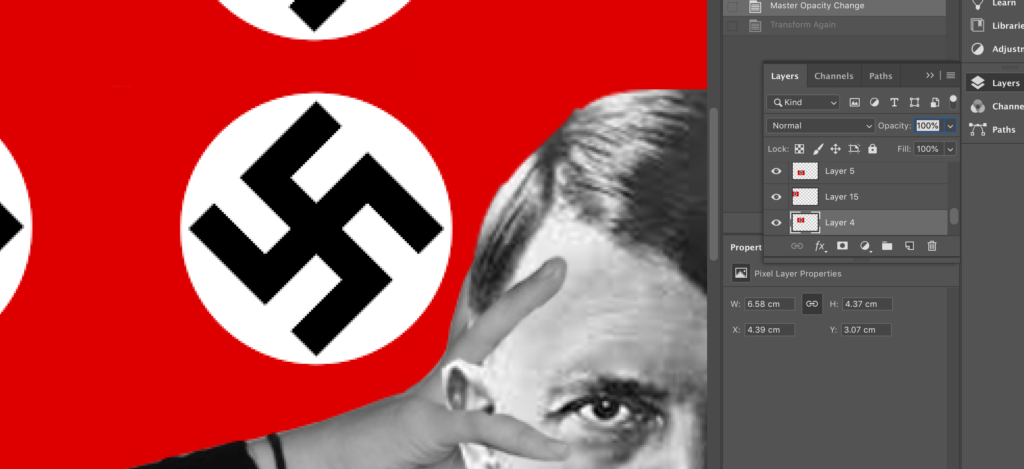Who
In these photo shoots I will not be trying to take photos of anyone in particular, I may have to take photos of crowds if they are surrounding the urban landscape that I want to take a photo of.
What
I will be taking photos of buildings/signs/graffiti/streets etc, I will also be changing the exposure on the camera to get a variety of tones, highlights and shadows. I will also attempt to focus on one particular part of the image (shallower depth of field) e.g. a road sign. Hope fully I will take some photos of buildings with graffiti on the side of them to add more colour to my images.
When
Throughout the next two weeks, I will be taking photos of urban landscapes at midday to have natural lighting, hopefully I will take a few photos at night to get photos of street lights and buildings lighting up the streets and maybe some photos of buildings at sun set to try and get some water tones from the the sun, such as: oranges and reds, reflecting off the windows of the buildings.
Where
I will be taking the majority of the photos in town/St.Helier as there are many urban landscapes in this area. Fort Regent may be a good place for a photo shoot as I can see all of town from that point of view.
Why
I will be taking photos of different landscapes at different times to get a variety of different photos. Photos taken at sunset will have warmer tones compared to a night time shoot with colder tones.
How
I will use a tripod and steady structures to take images at a balanced and steady position. I will also use the rule of thirds to line everything up right for some of my photos. I will change the exposure bracket to get more variety in my images and so I am able to make HDR images


